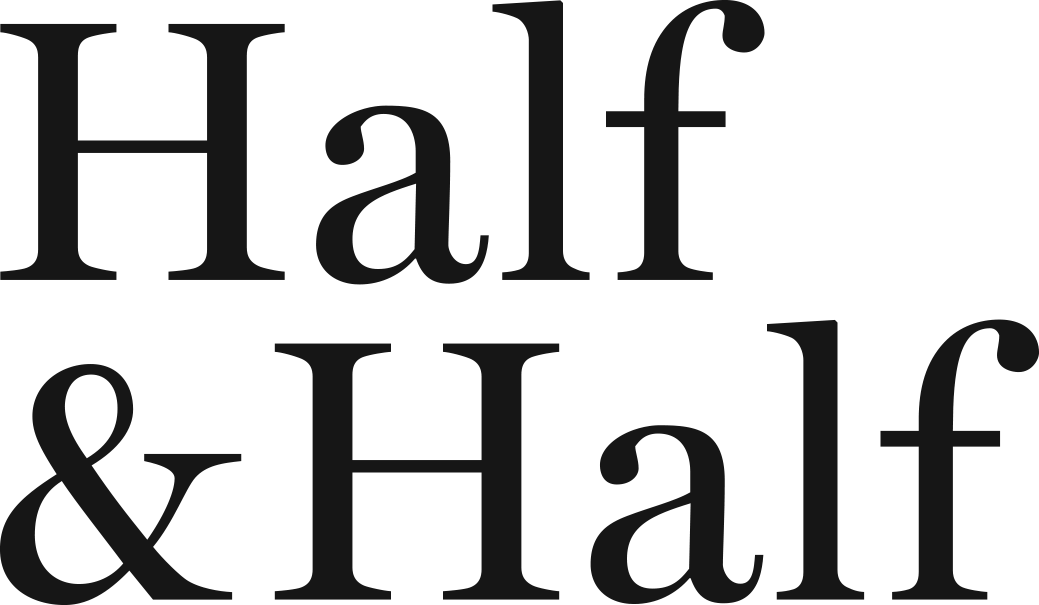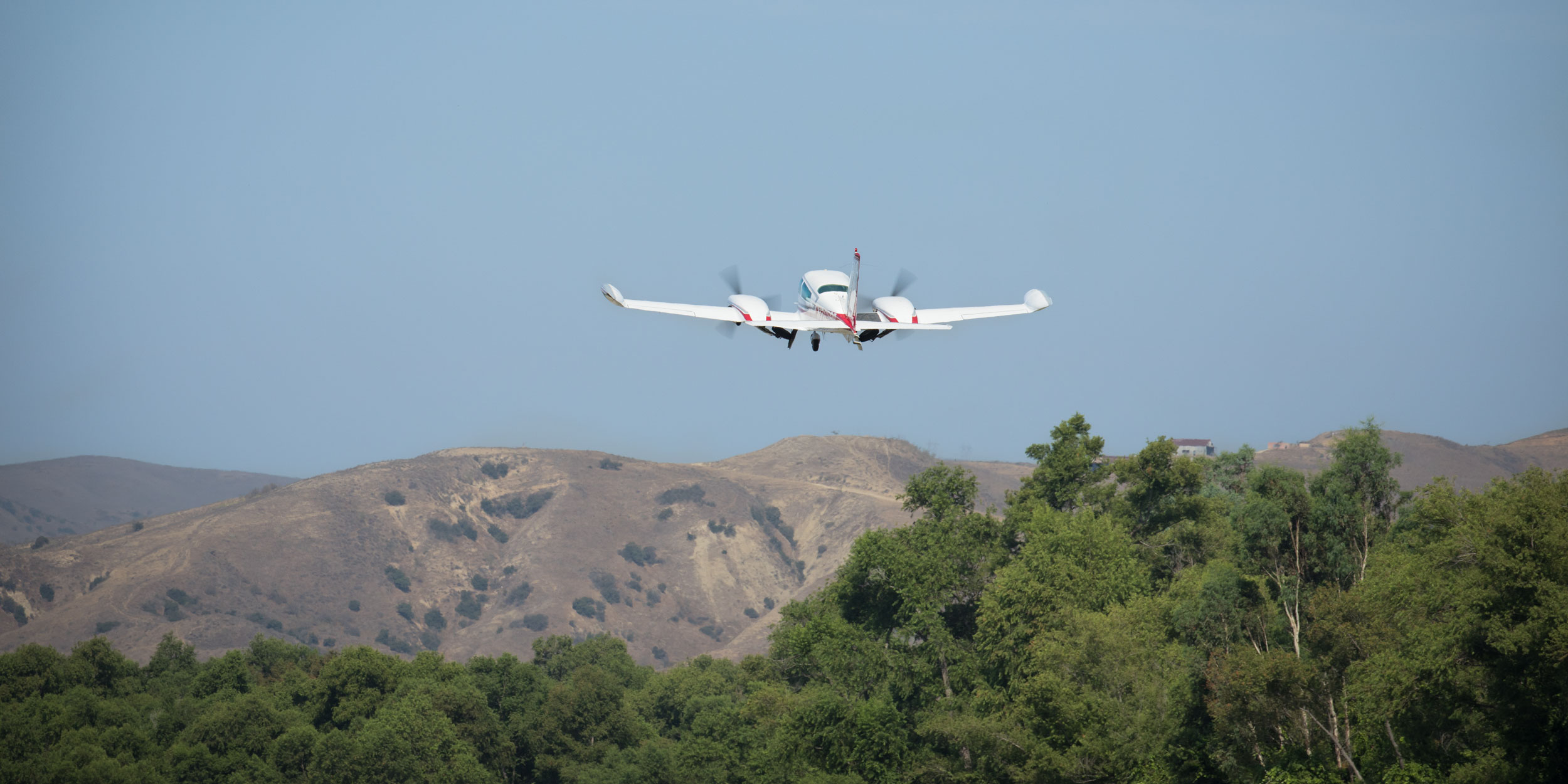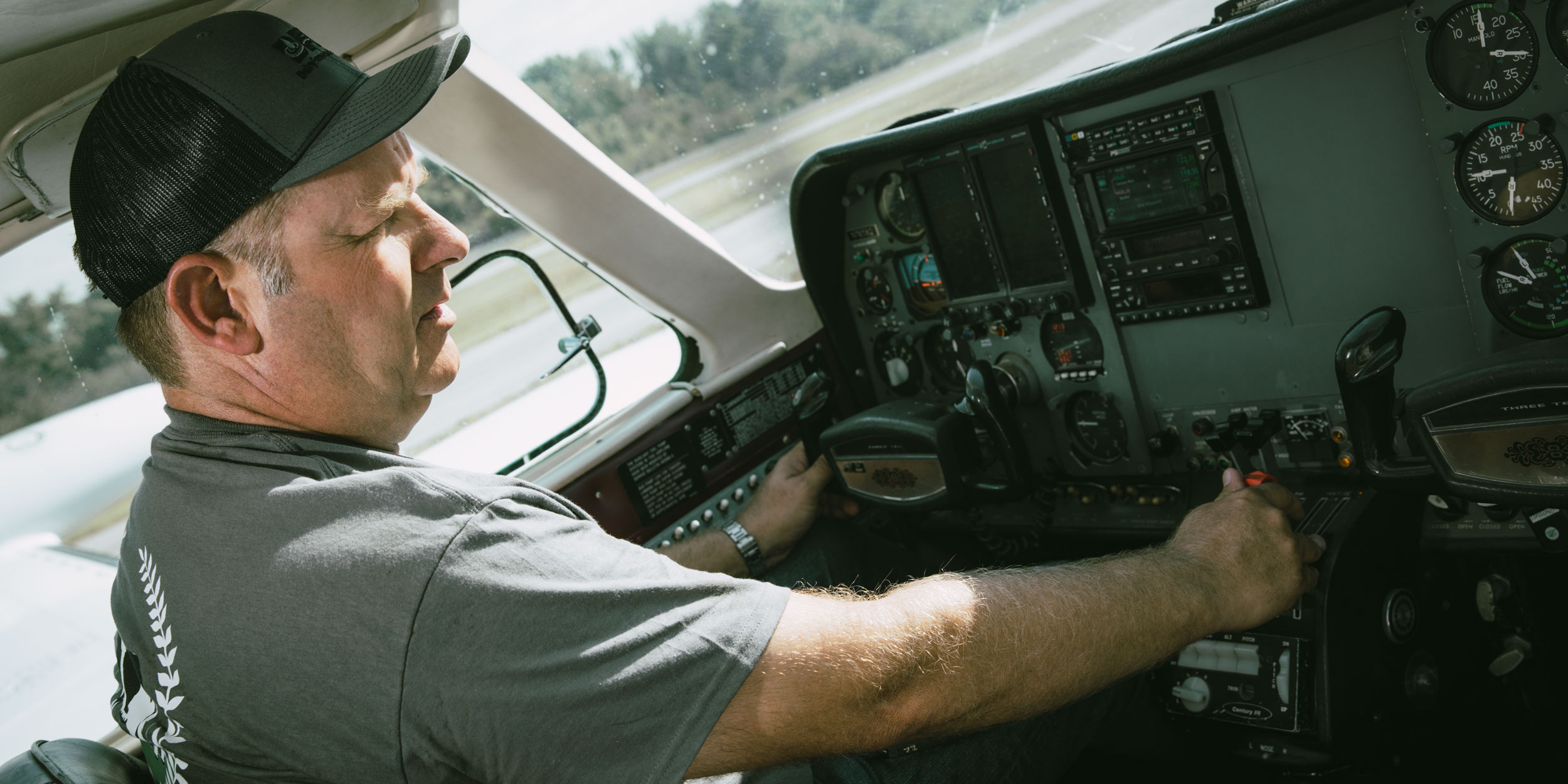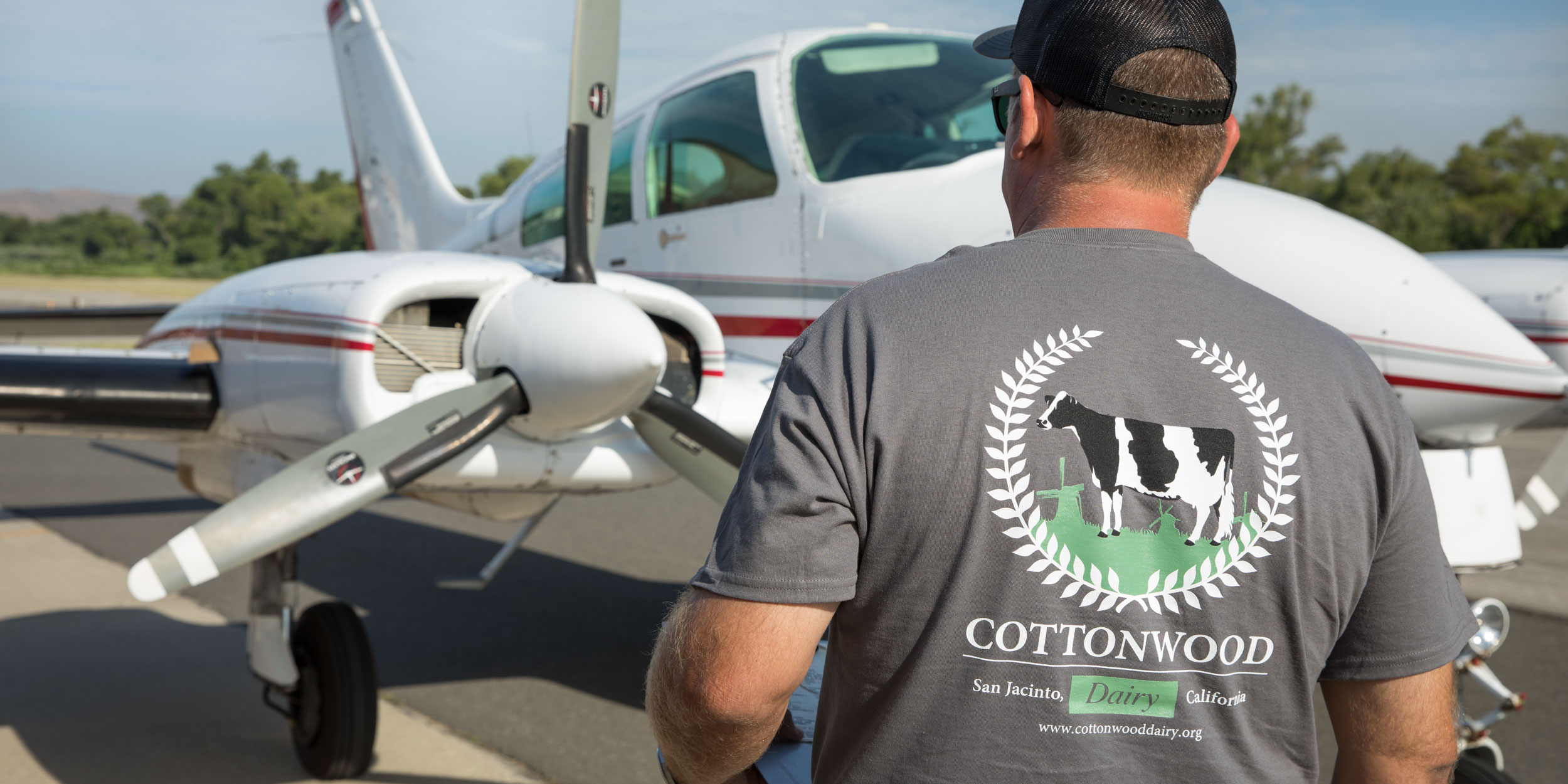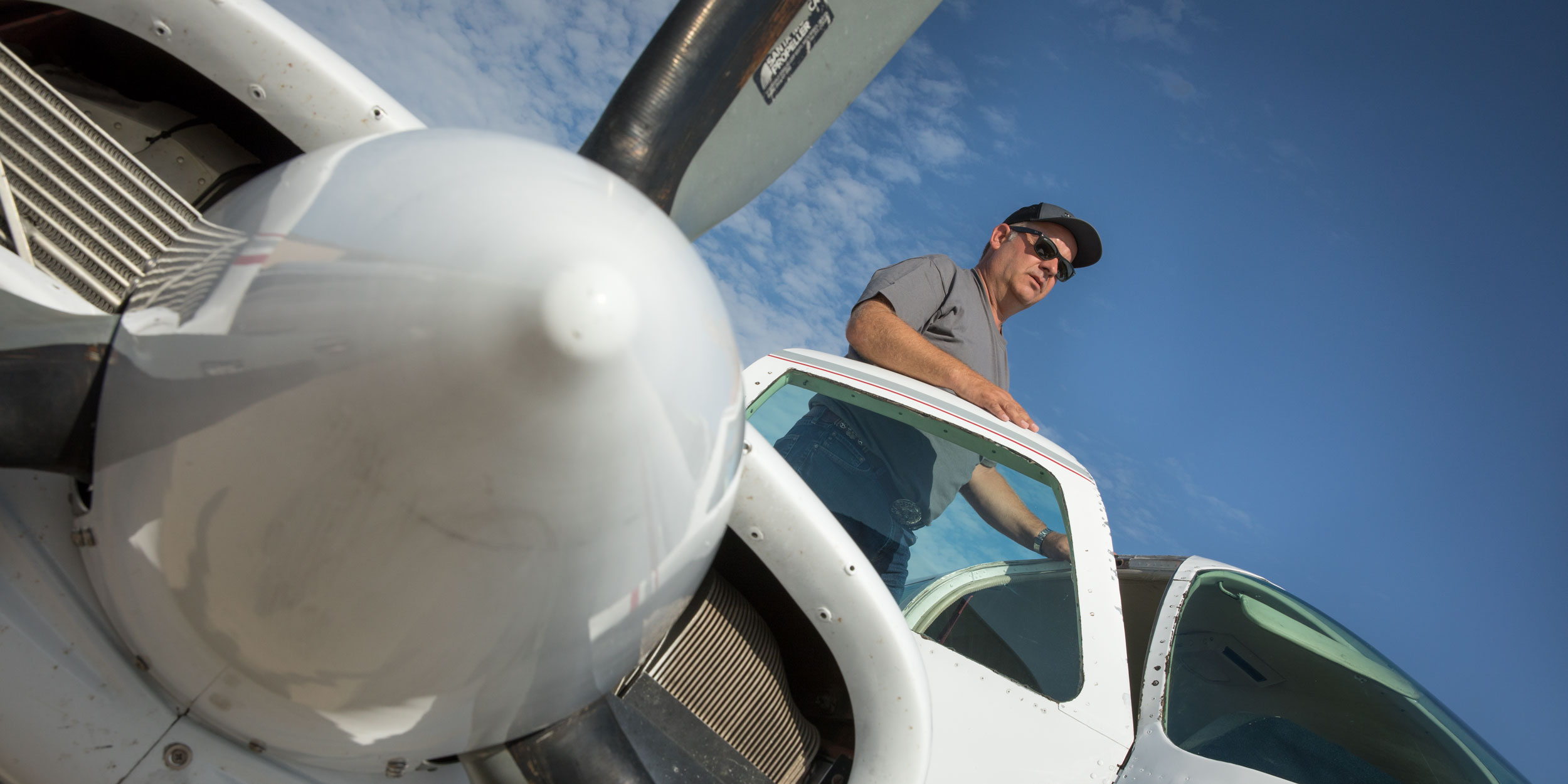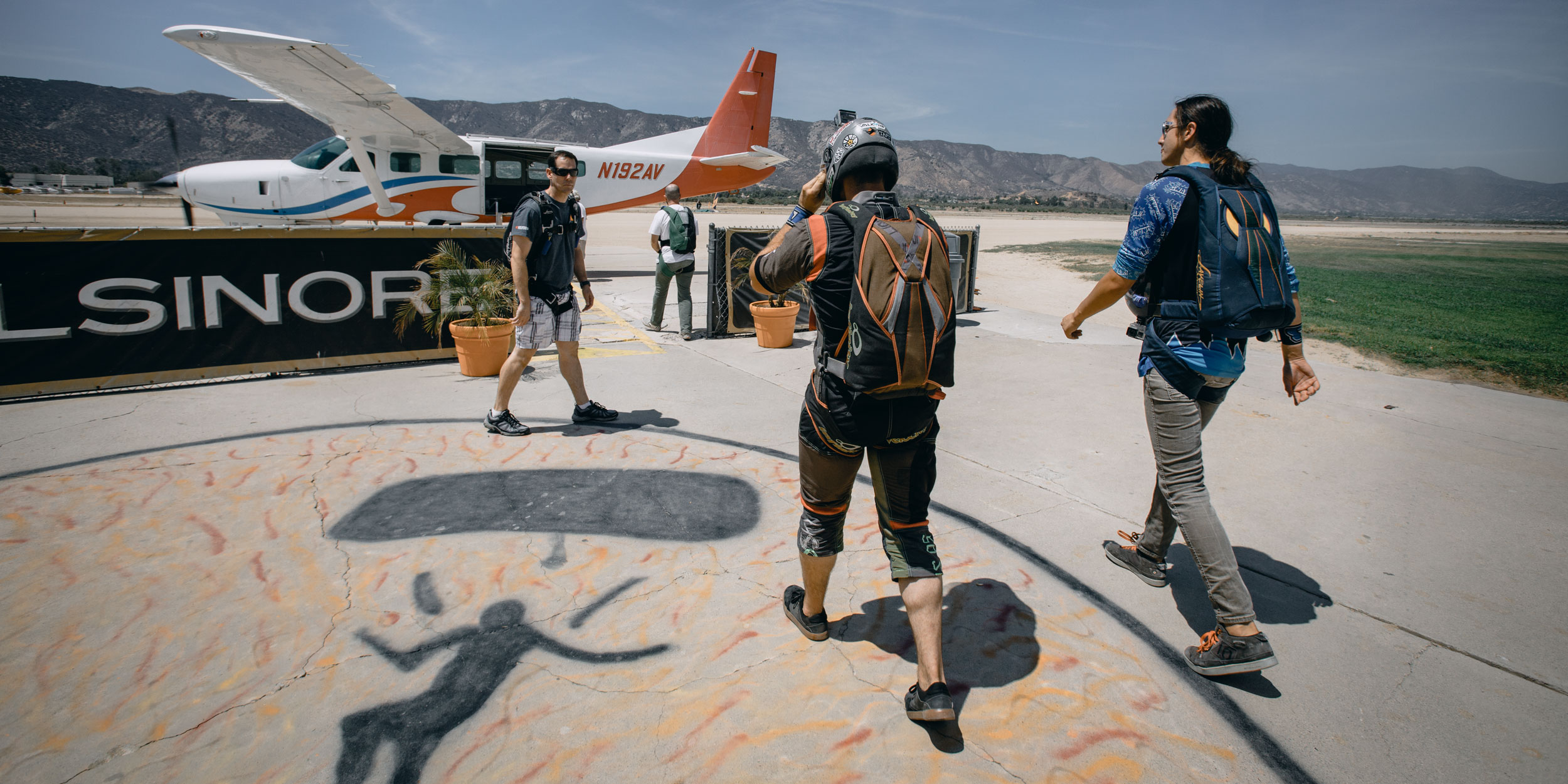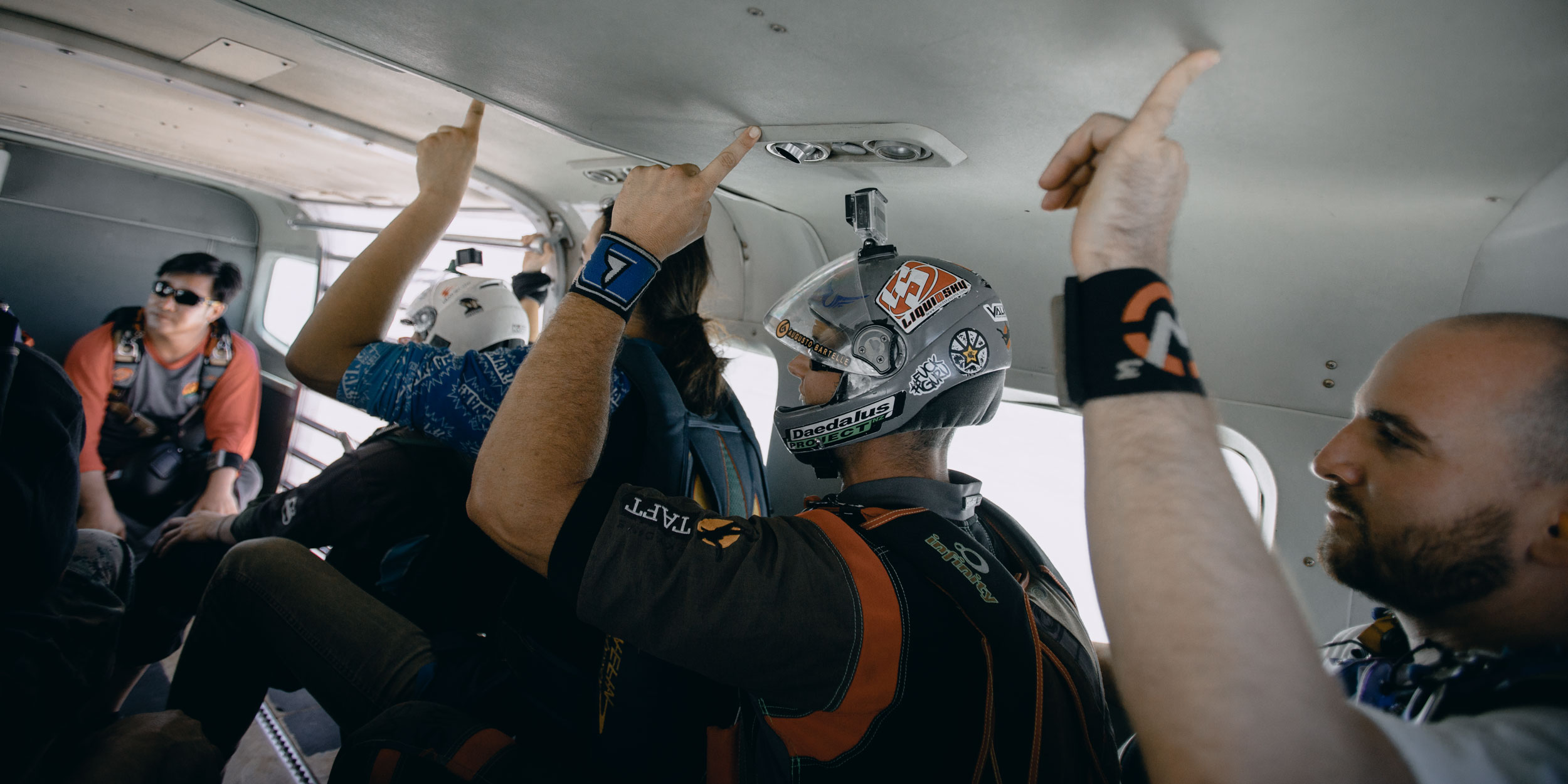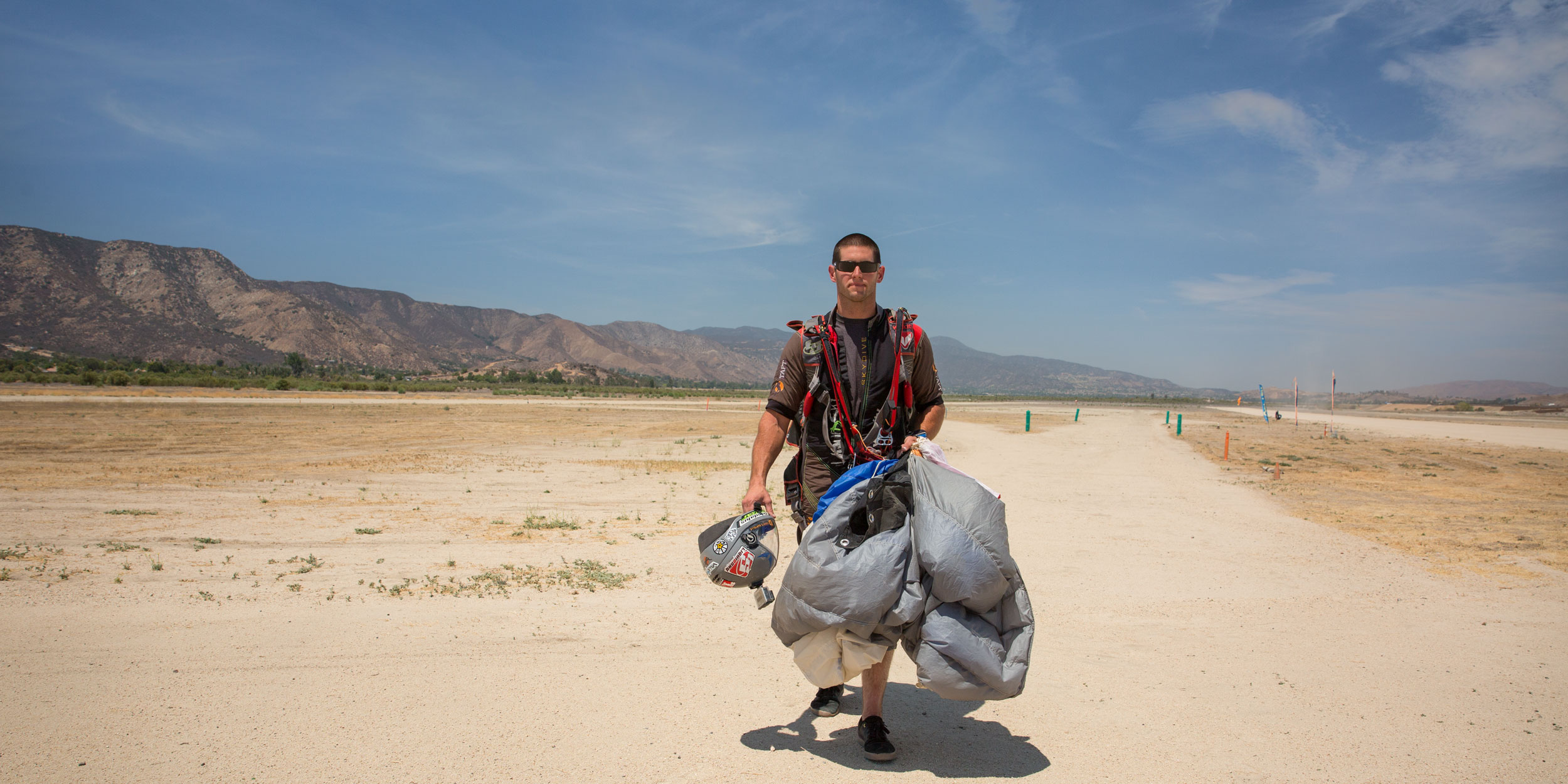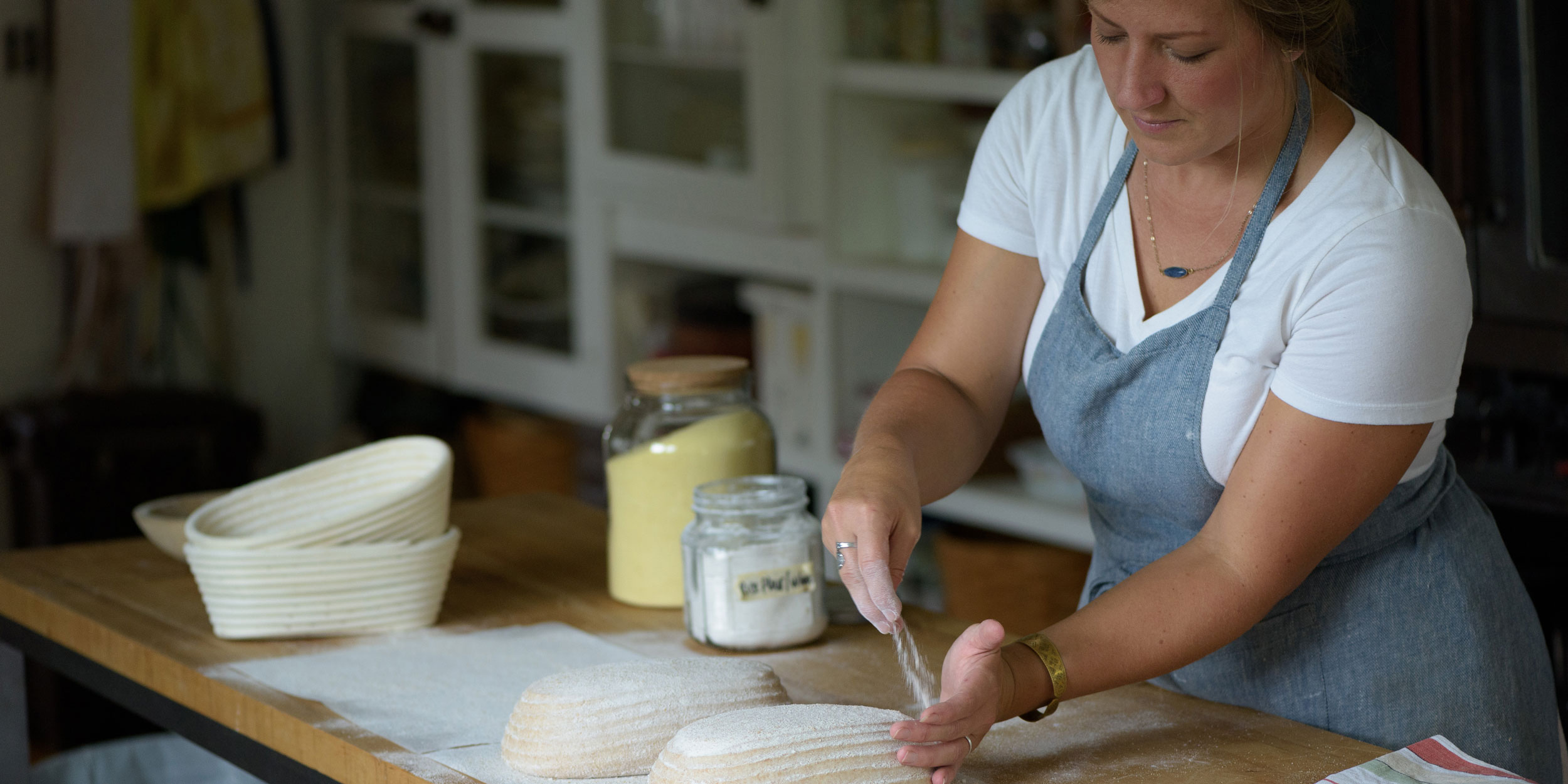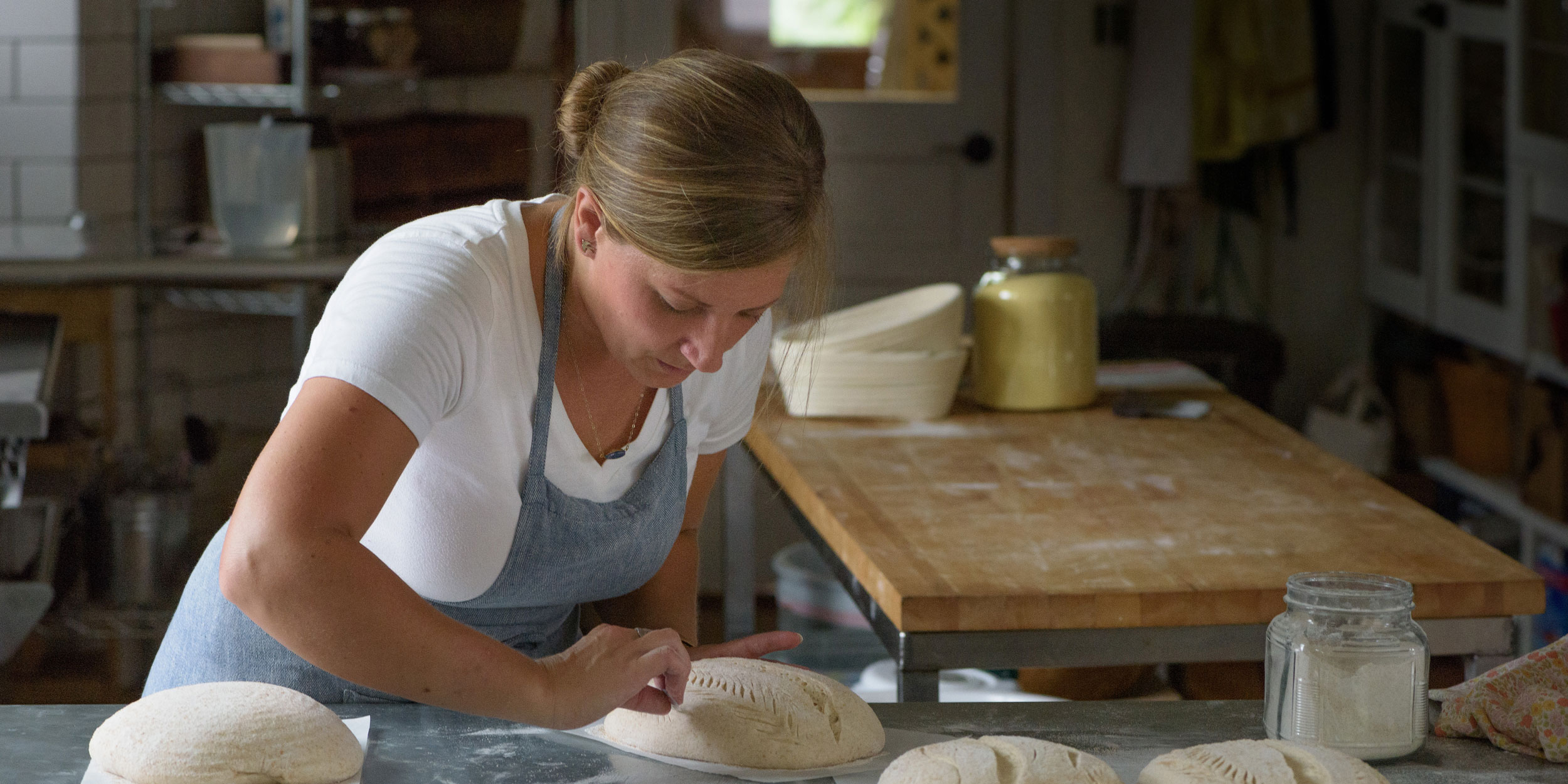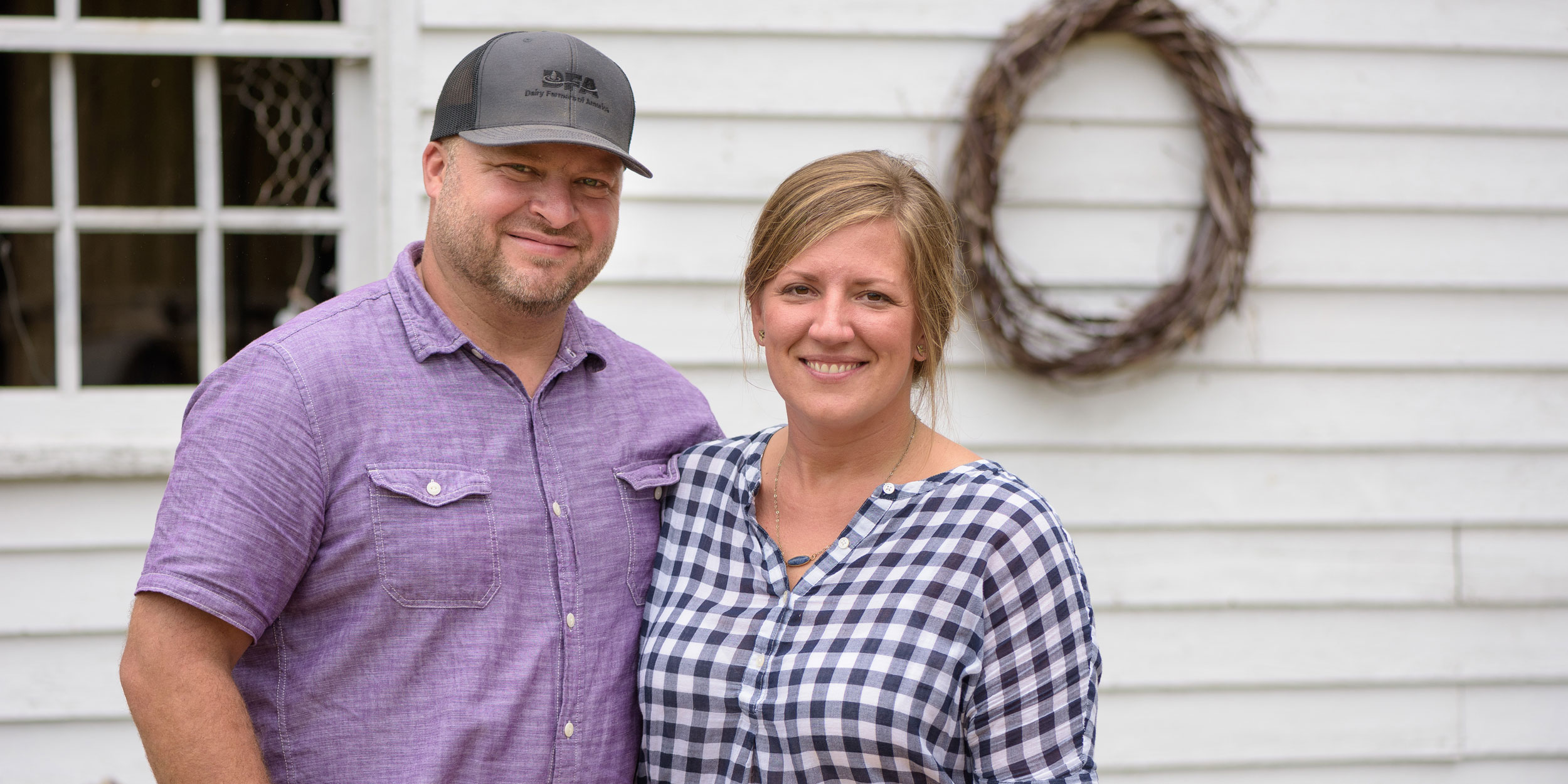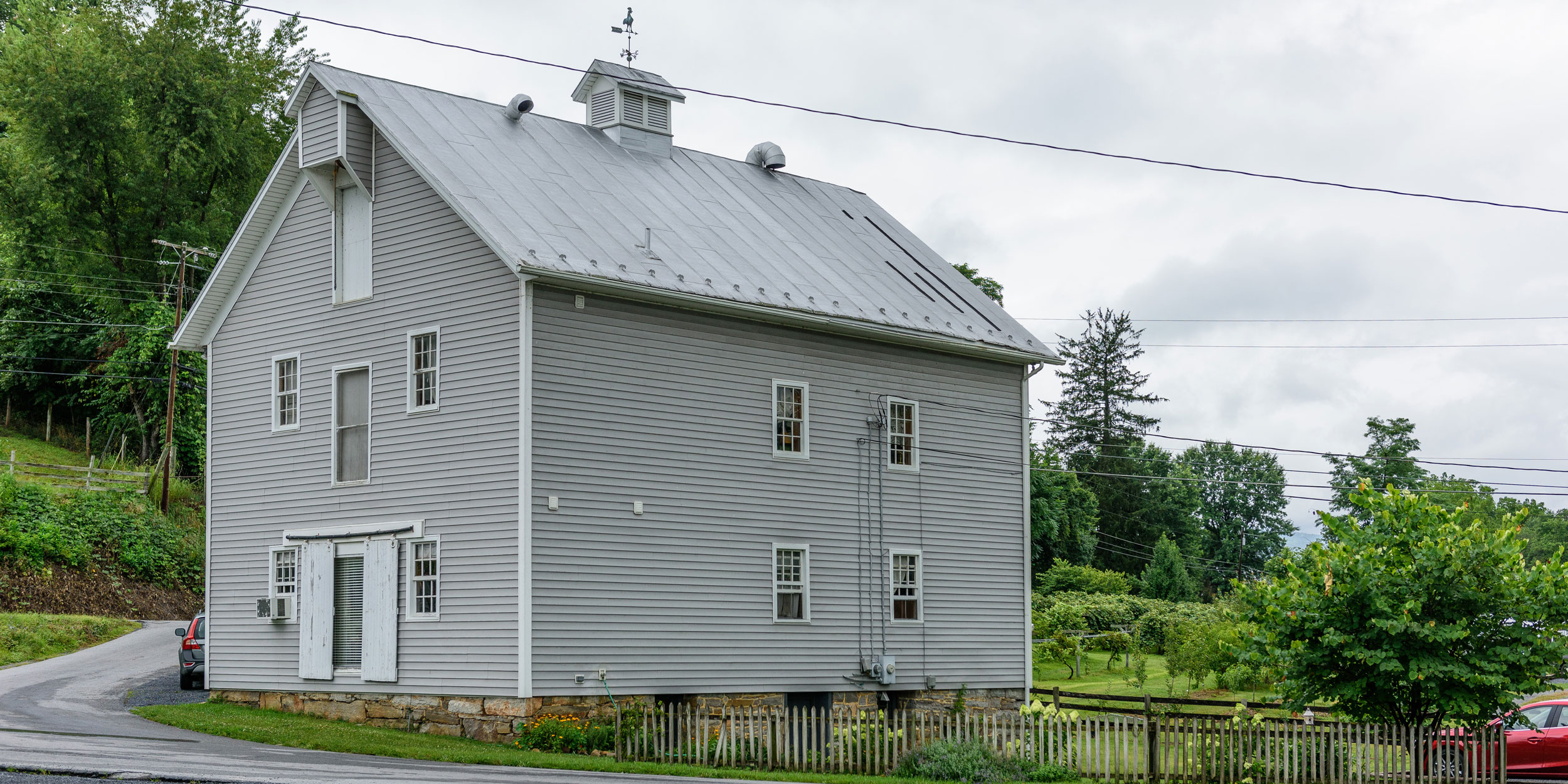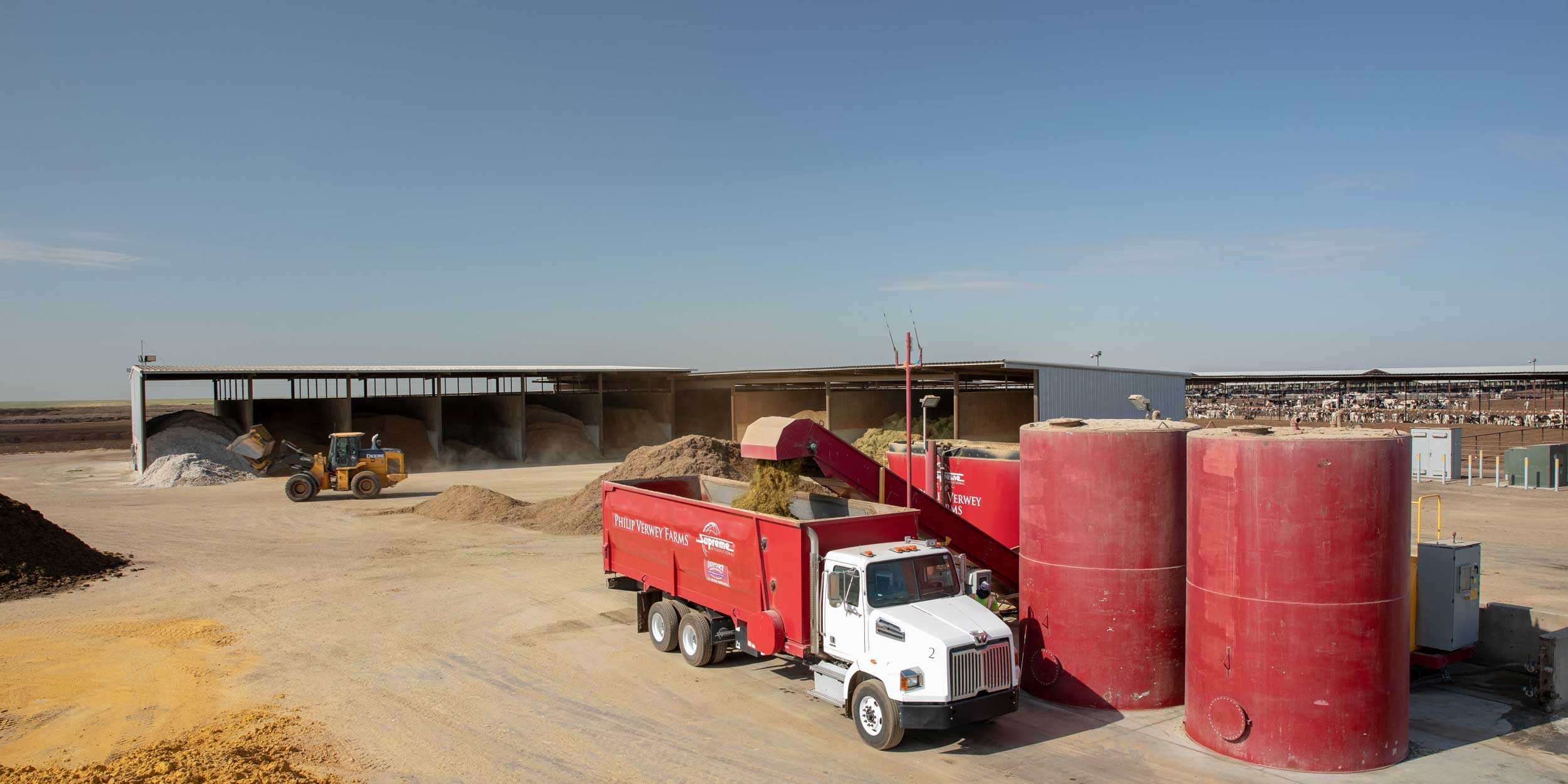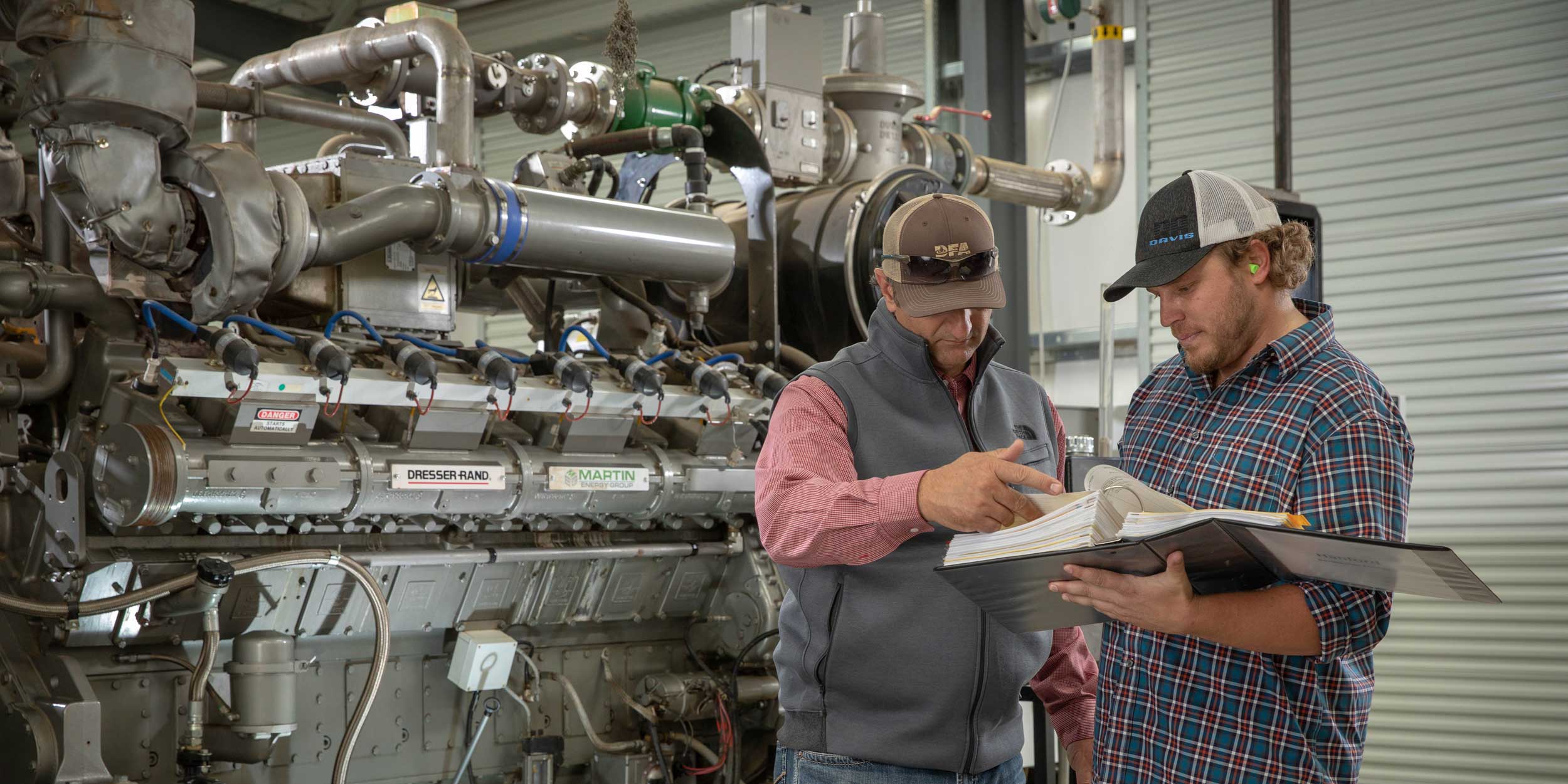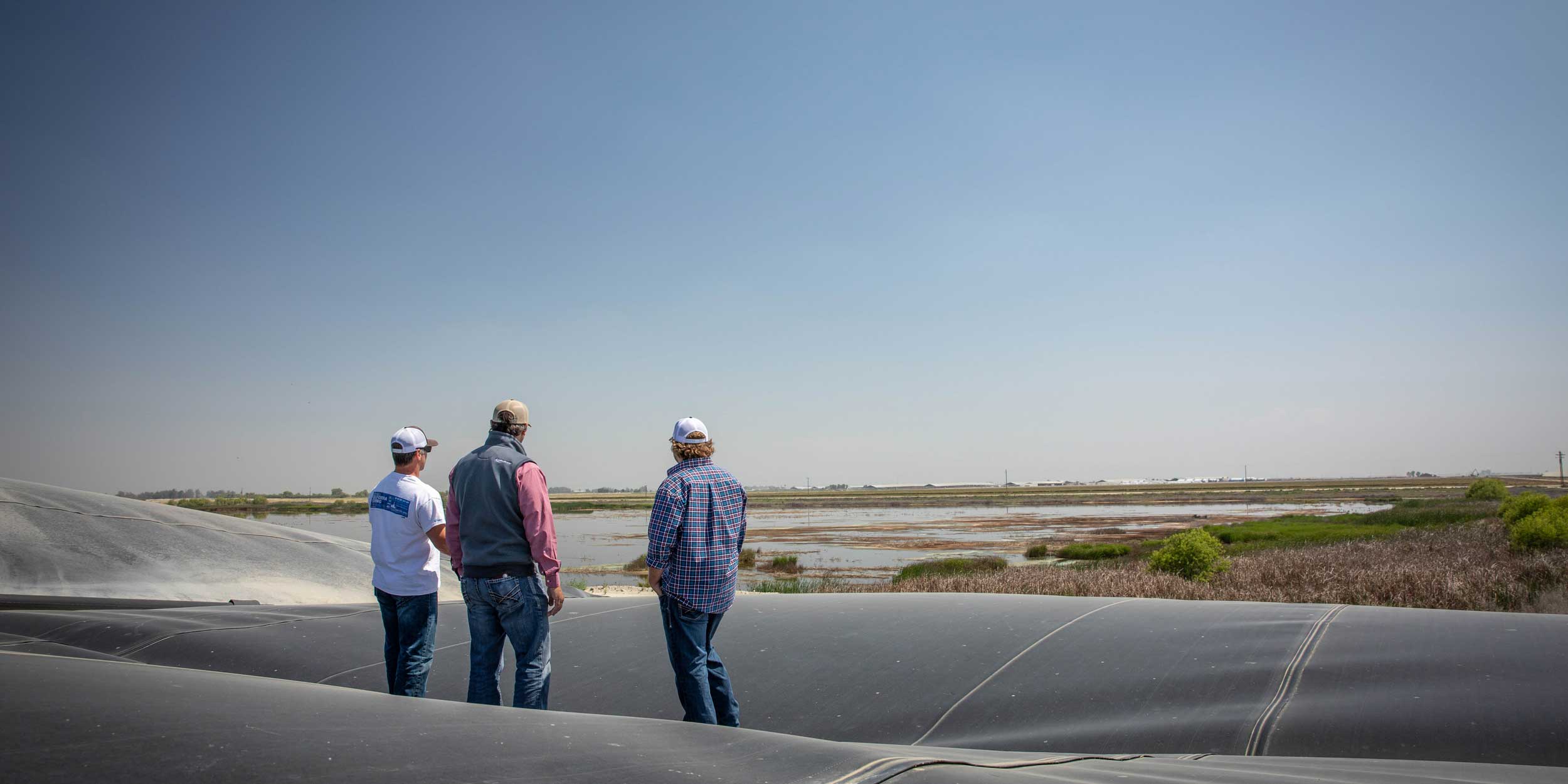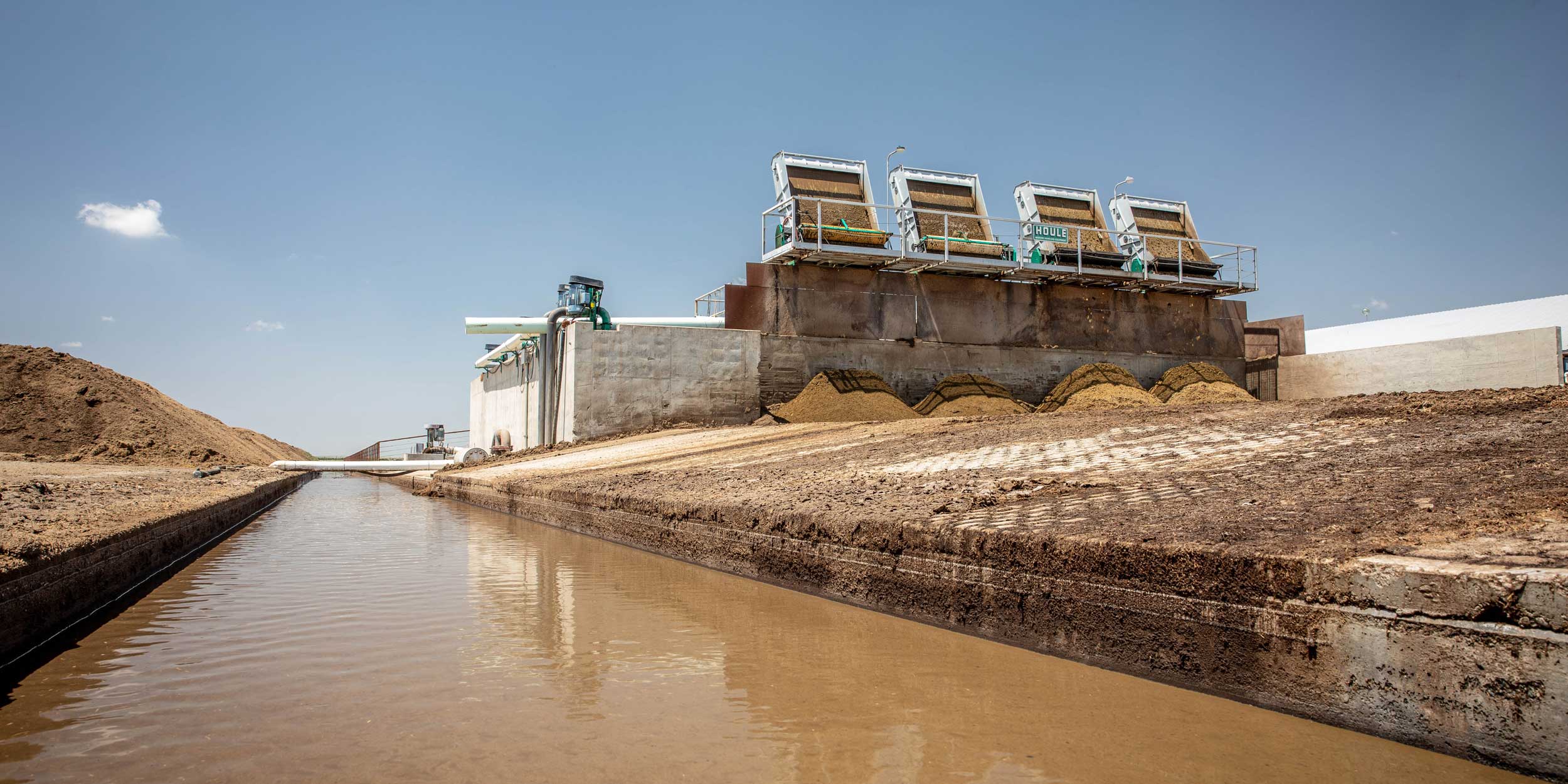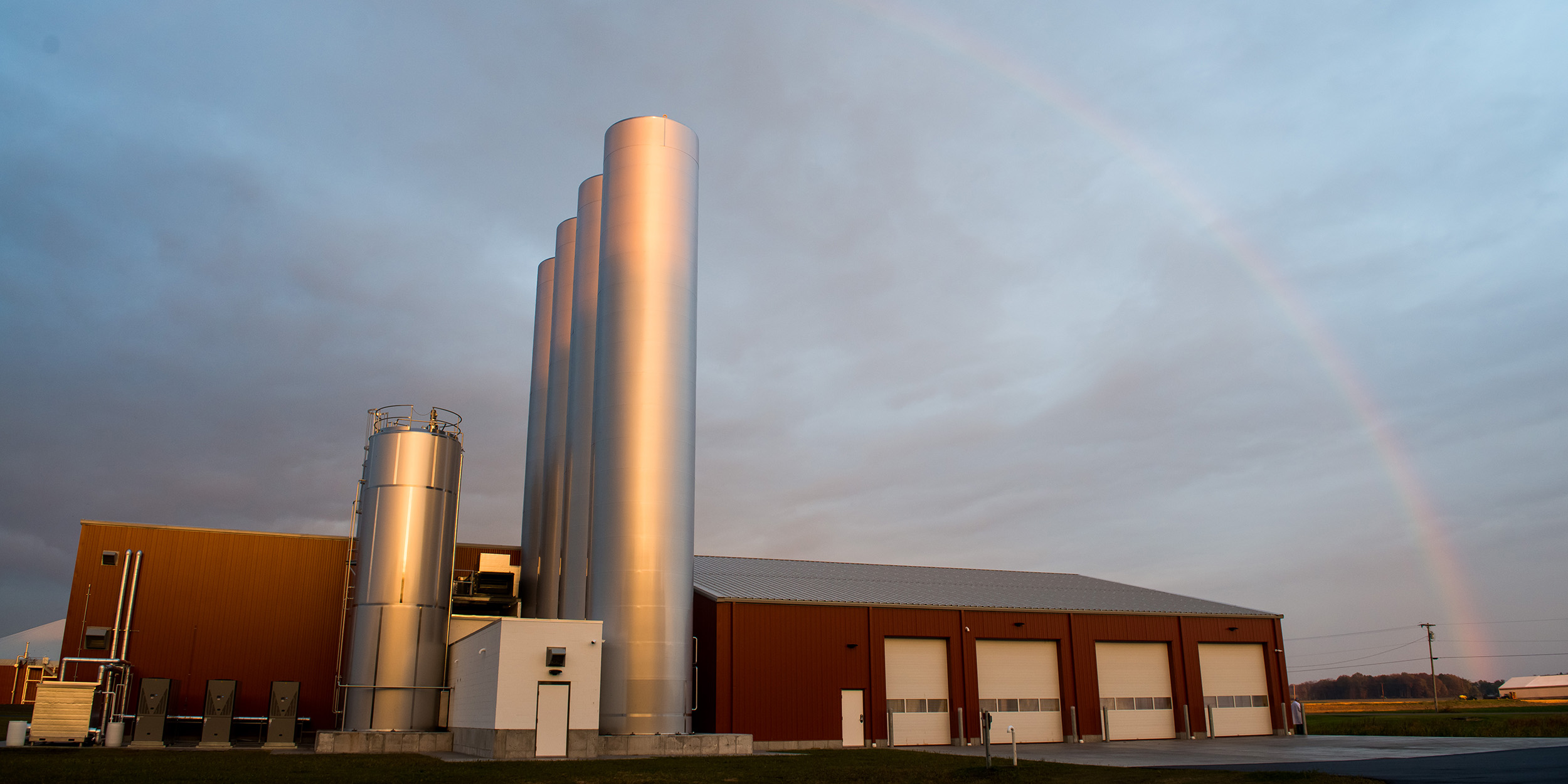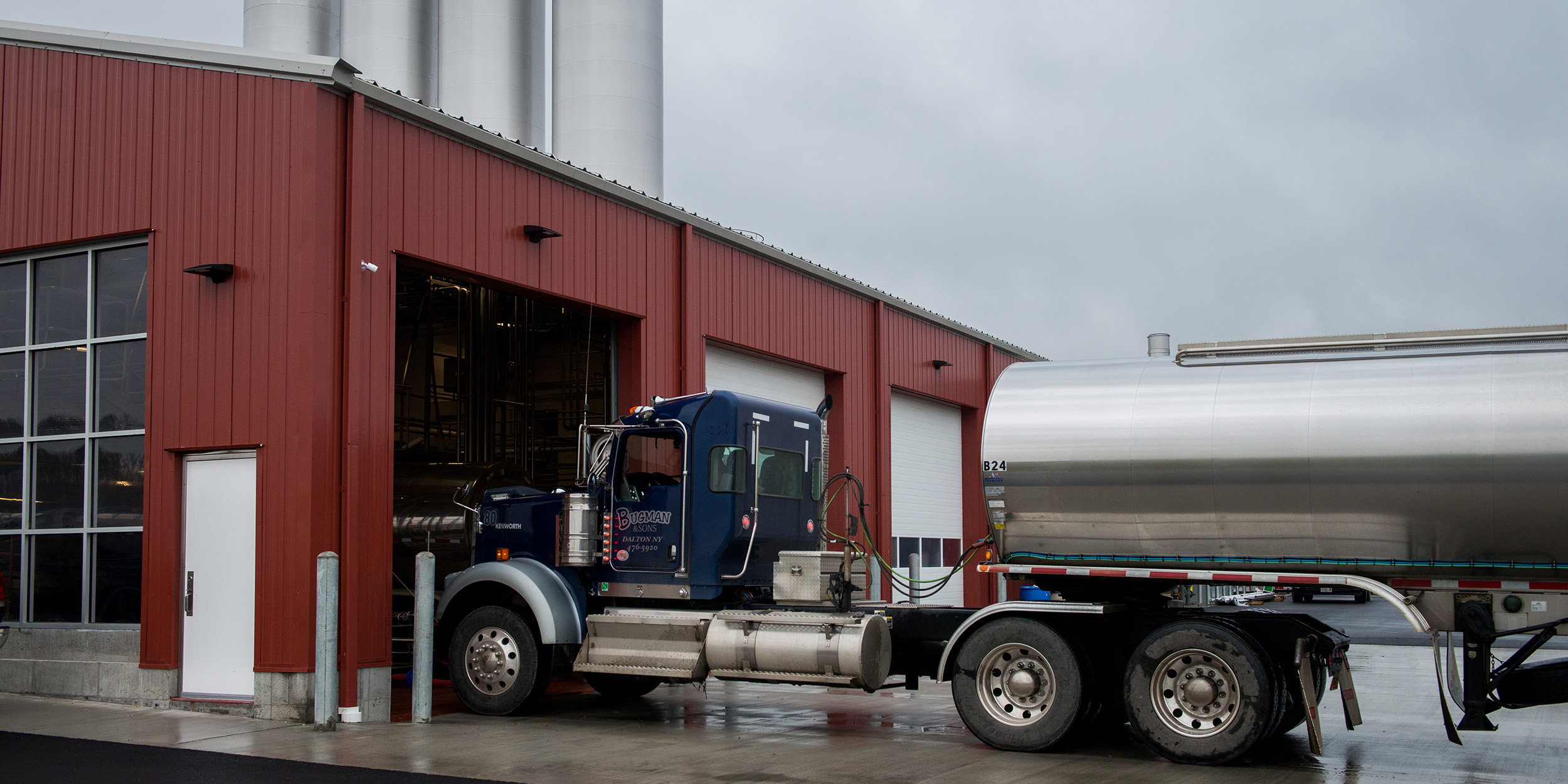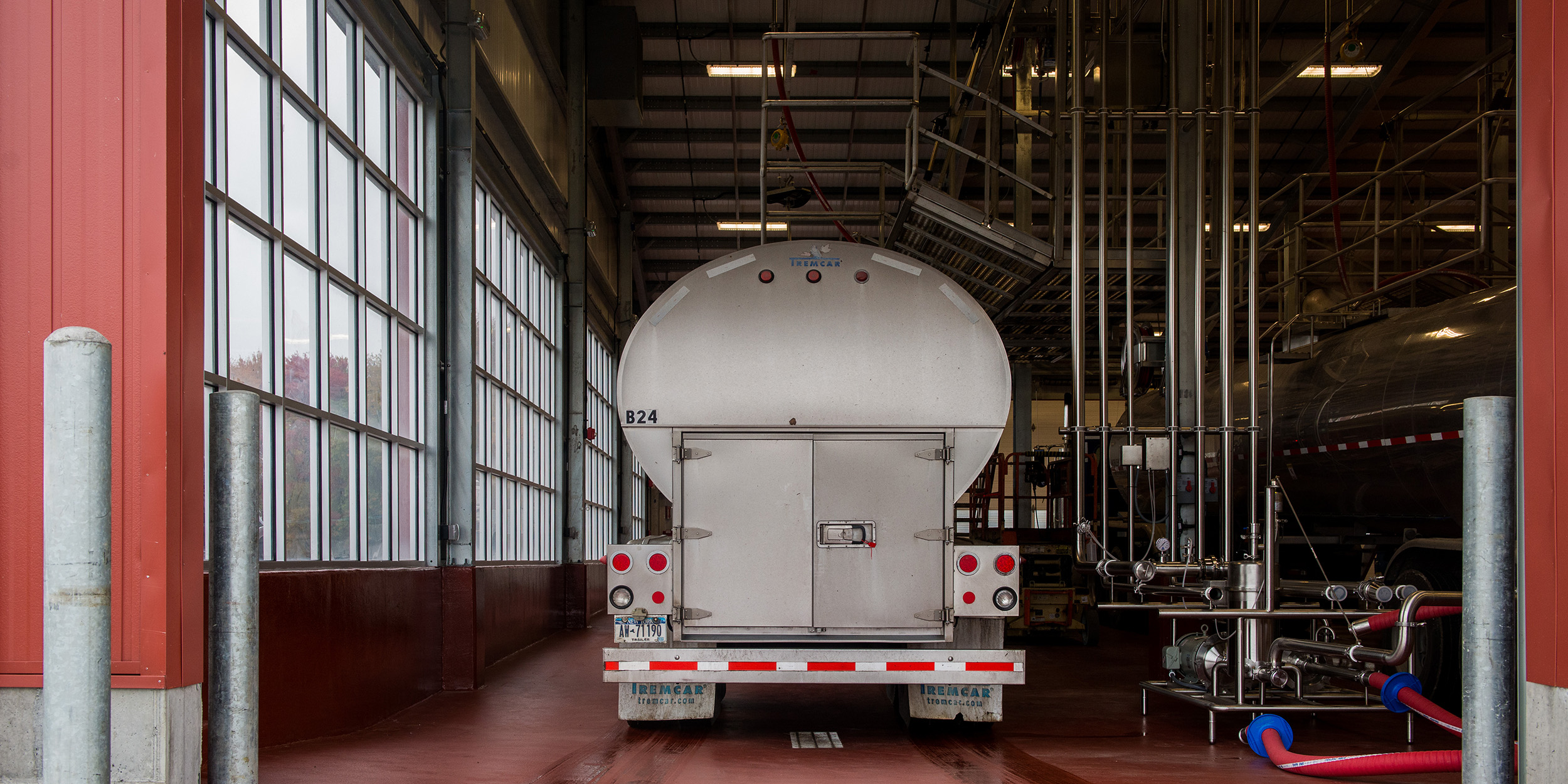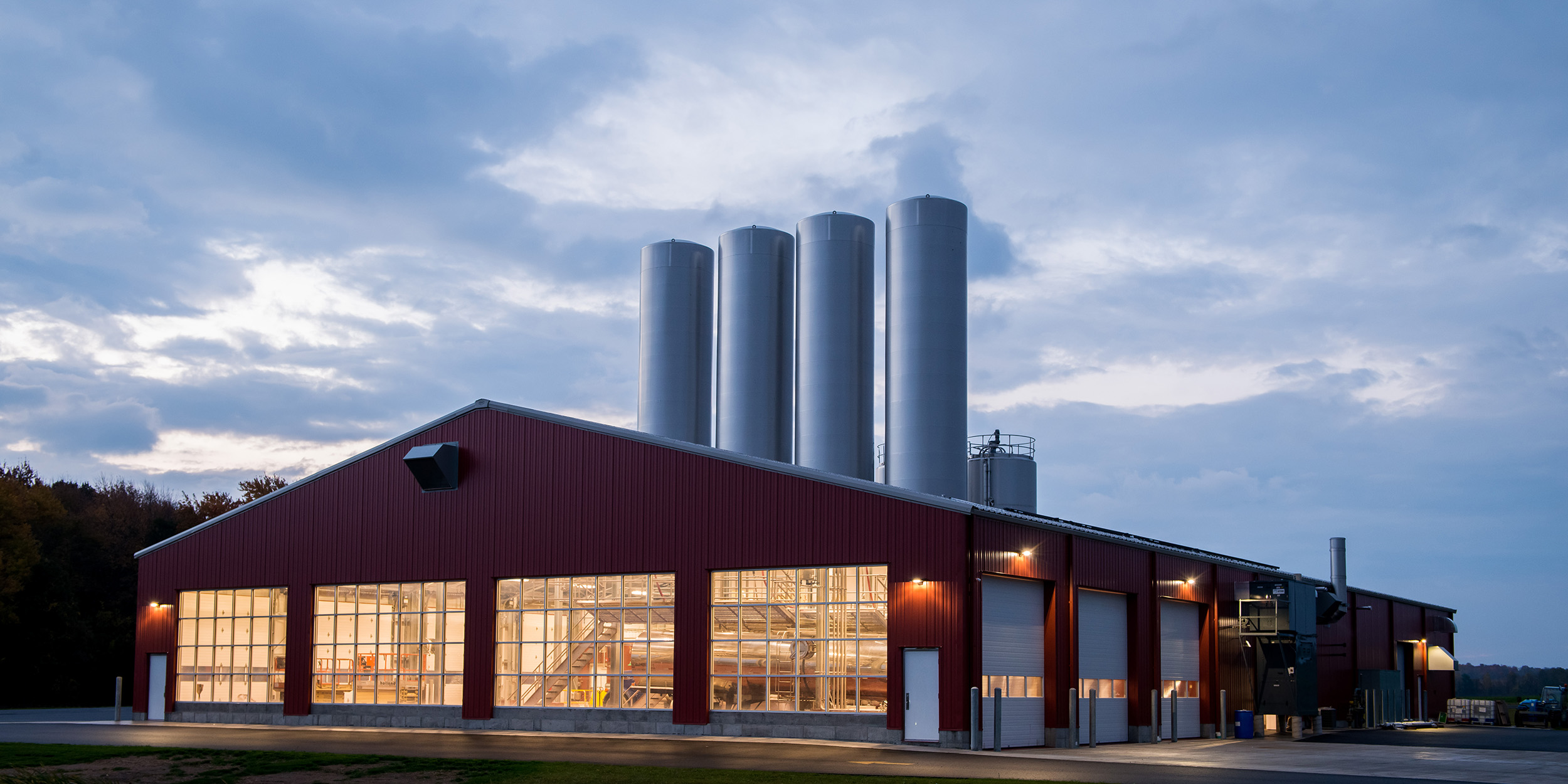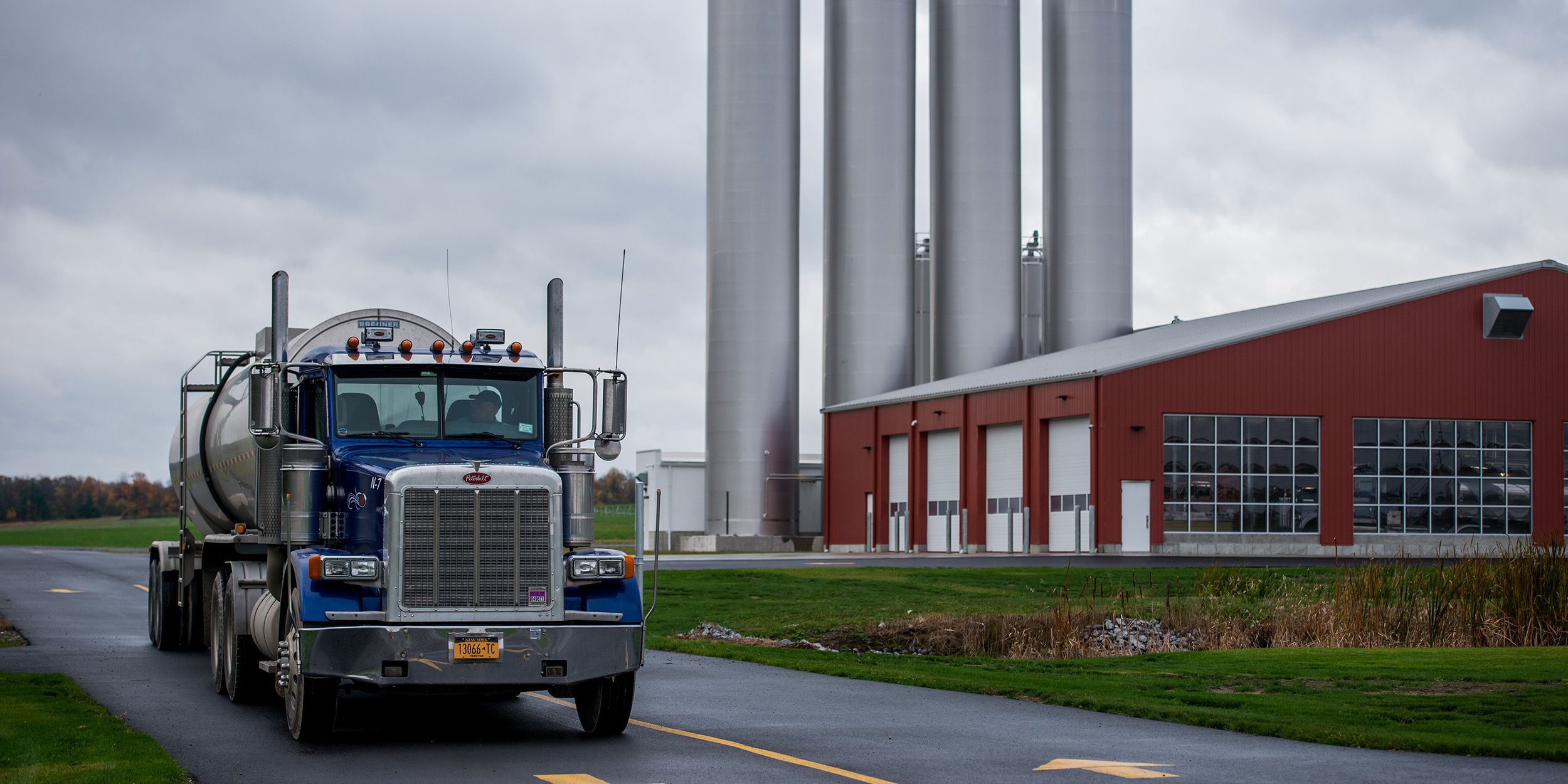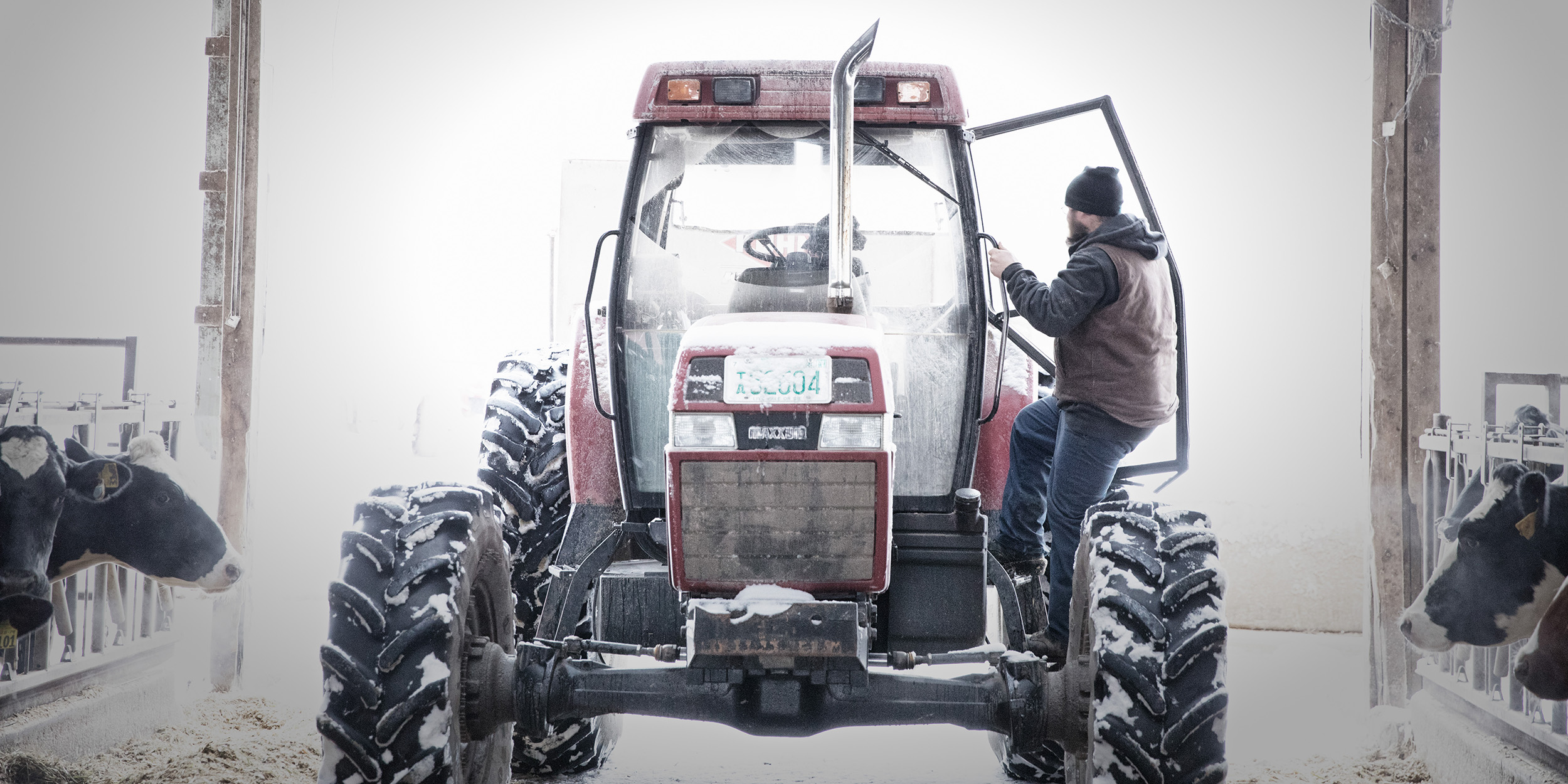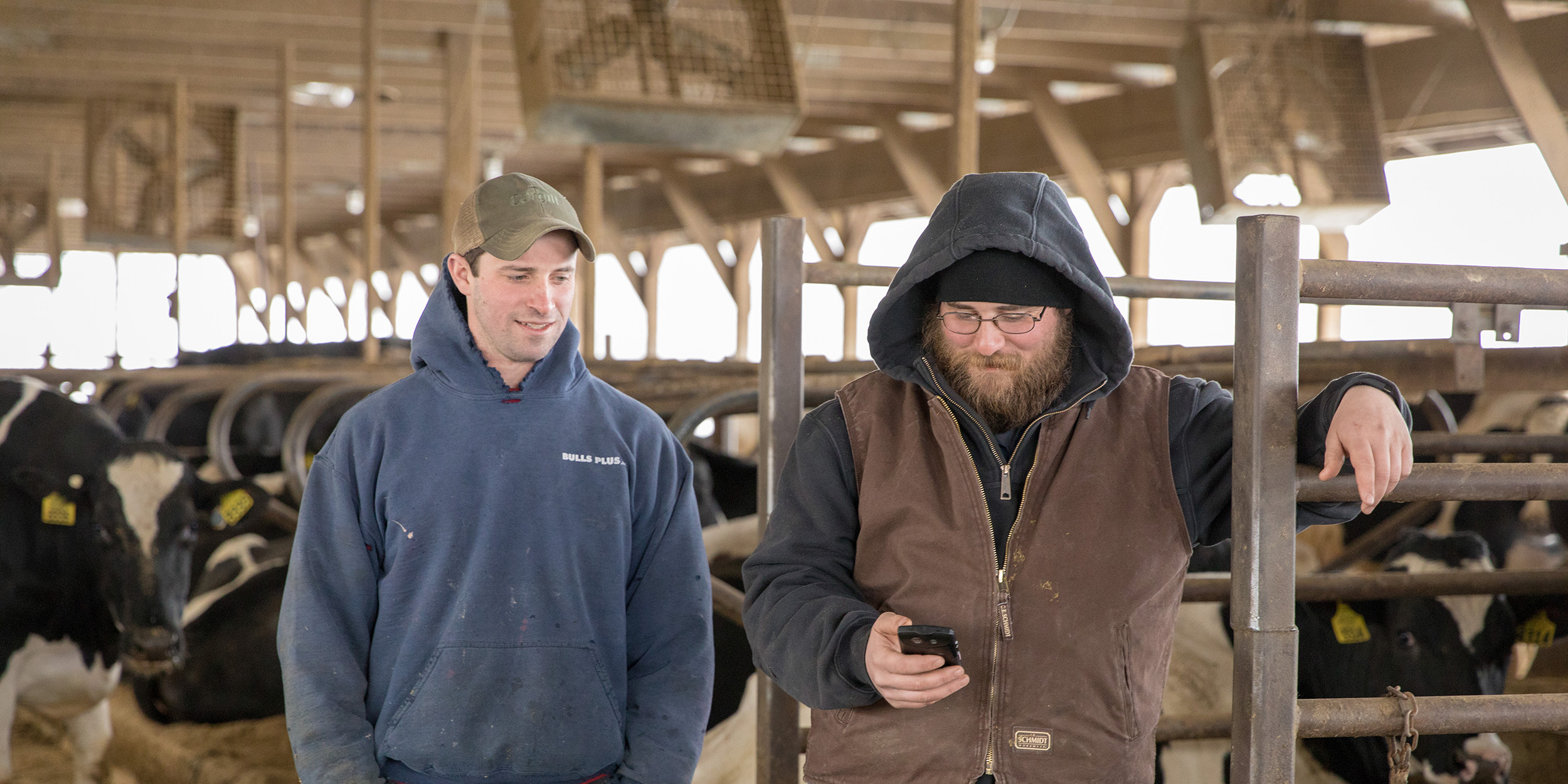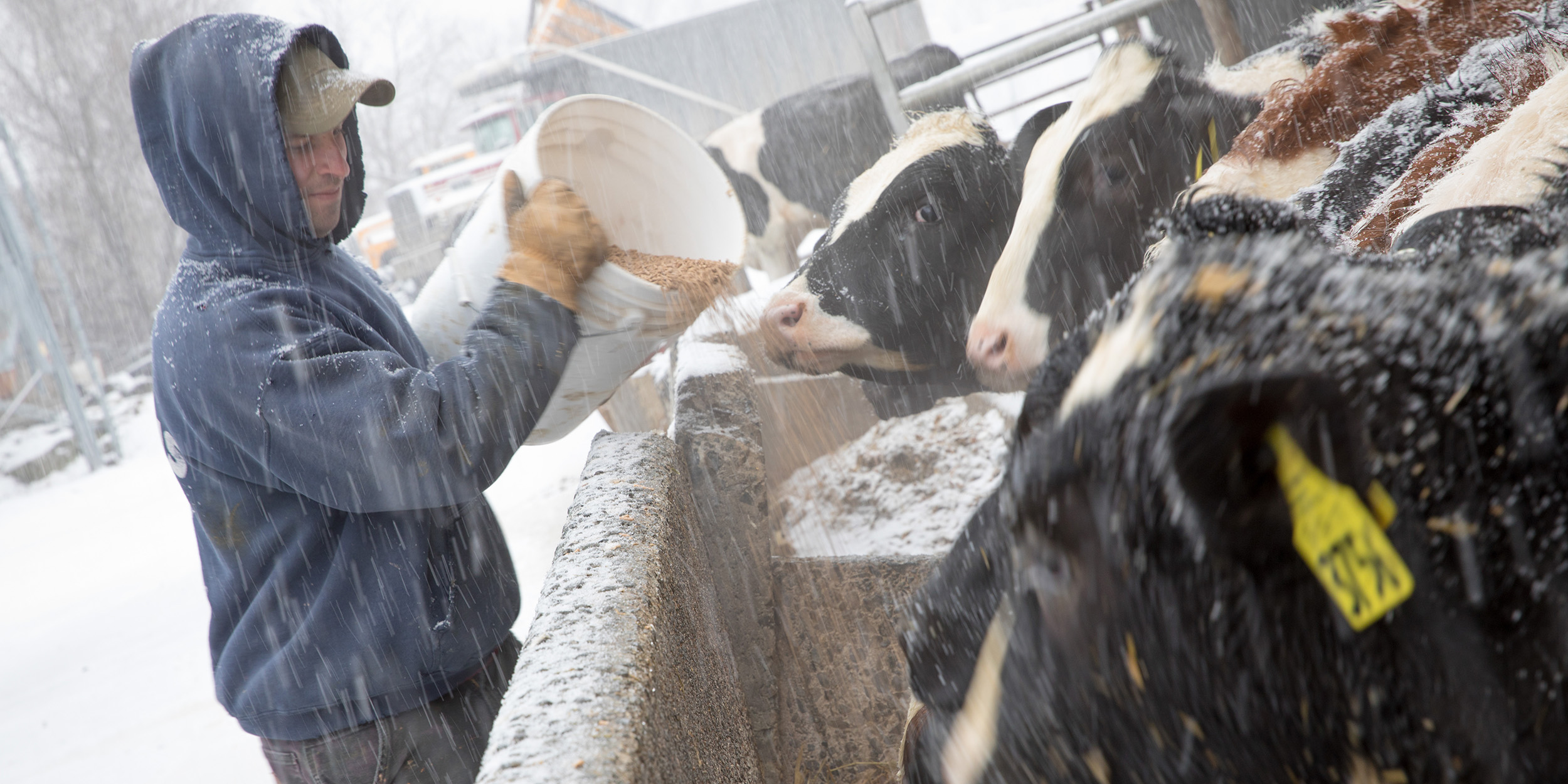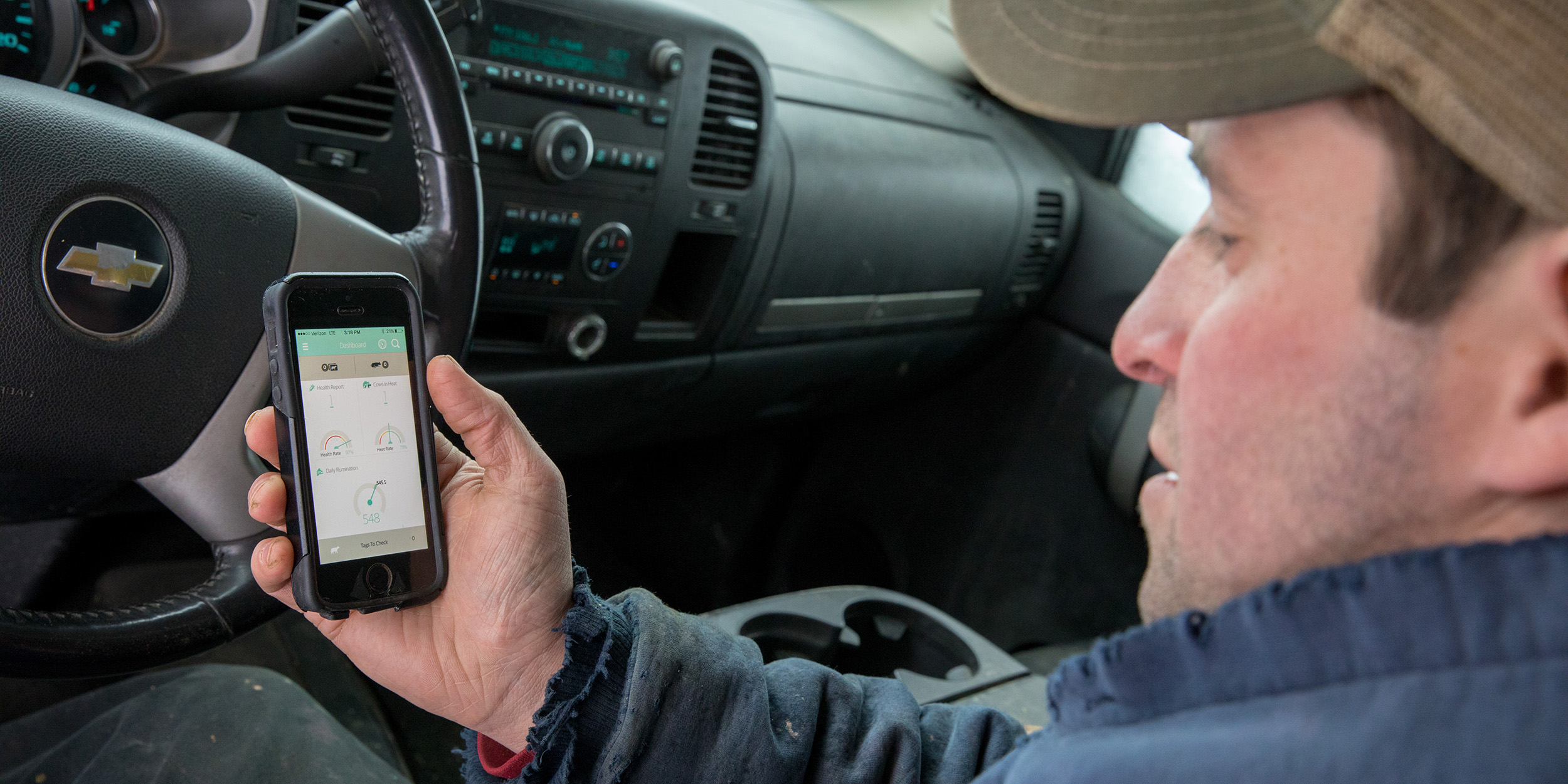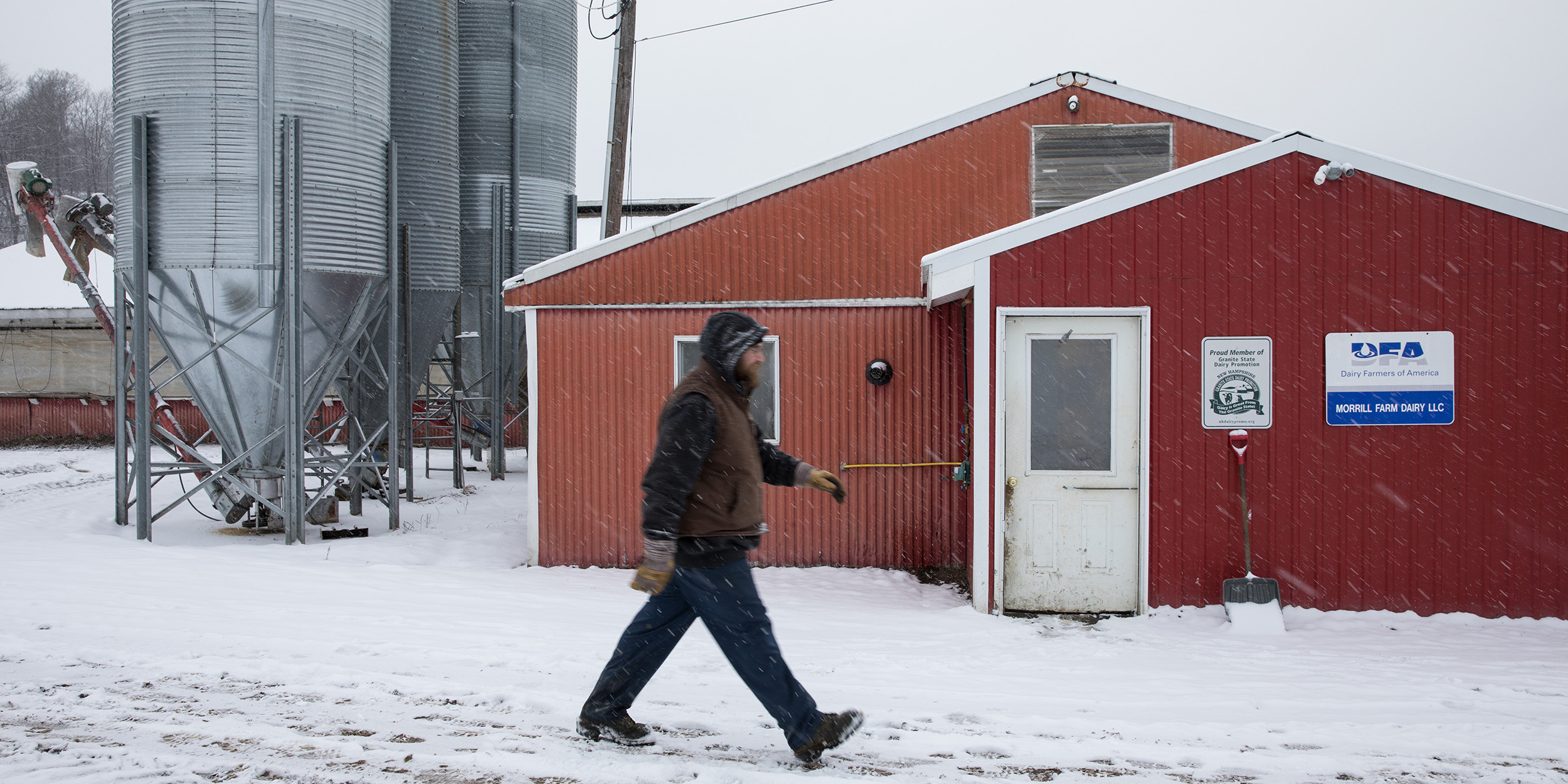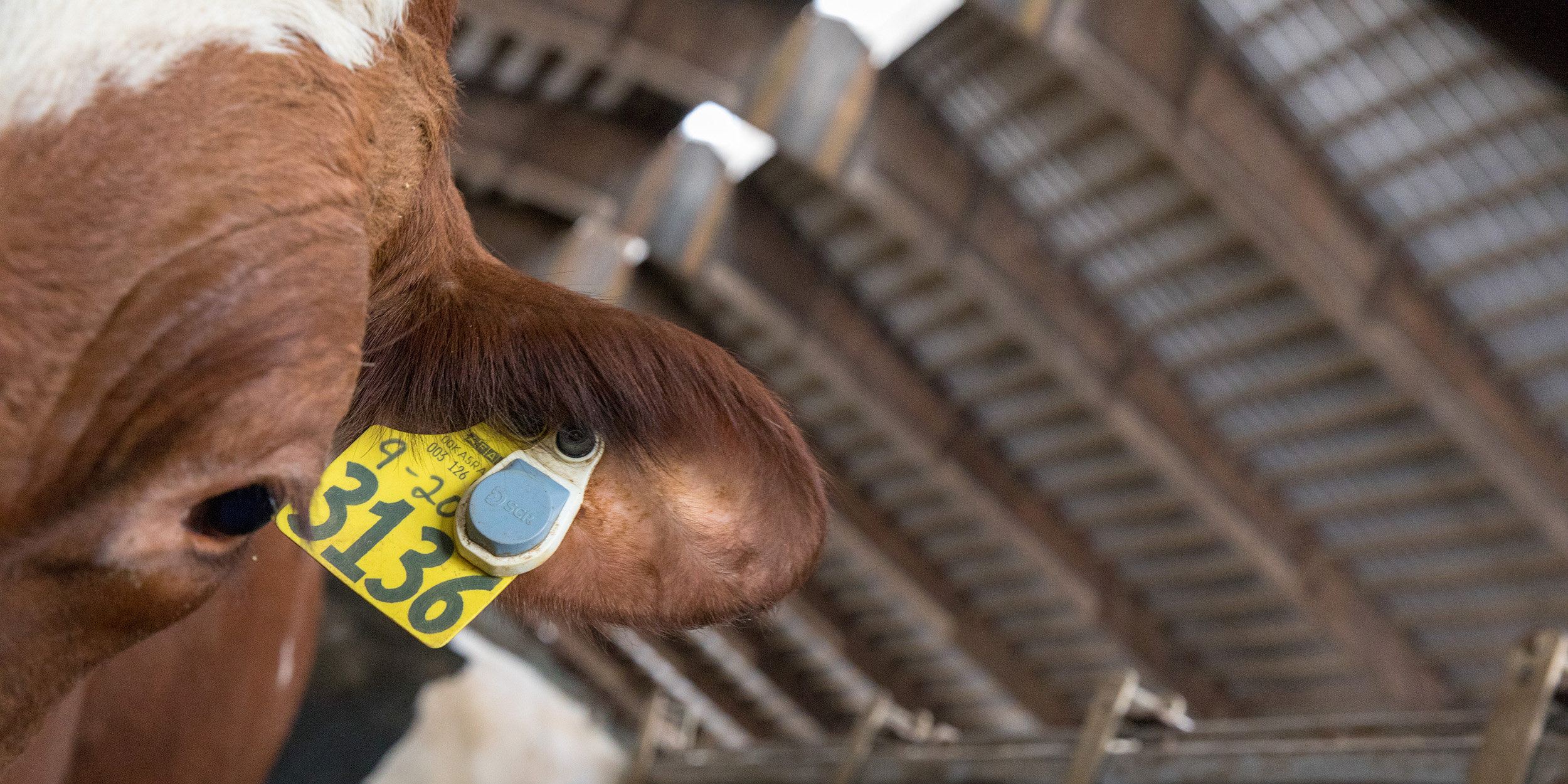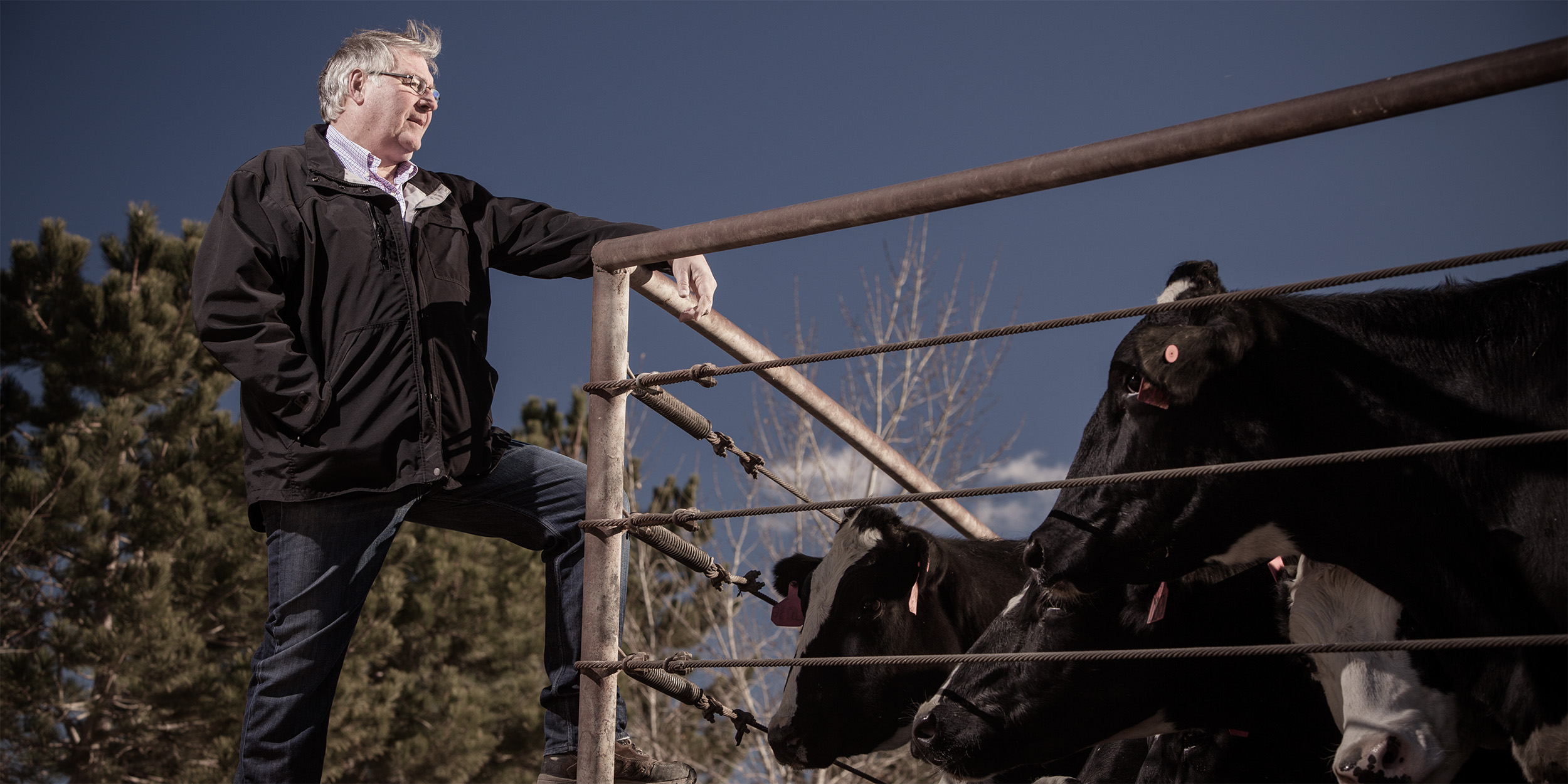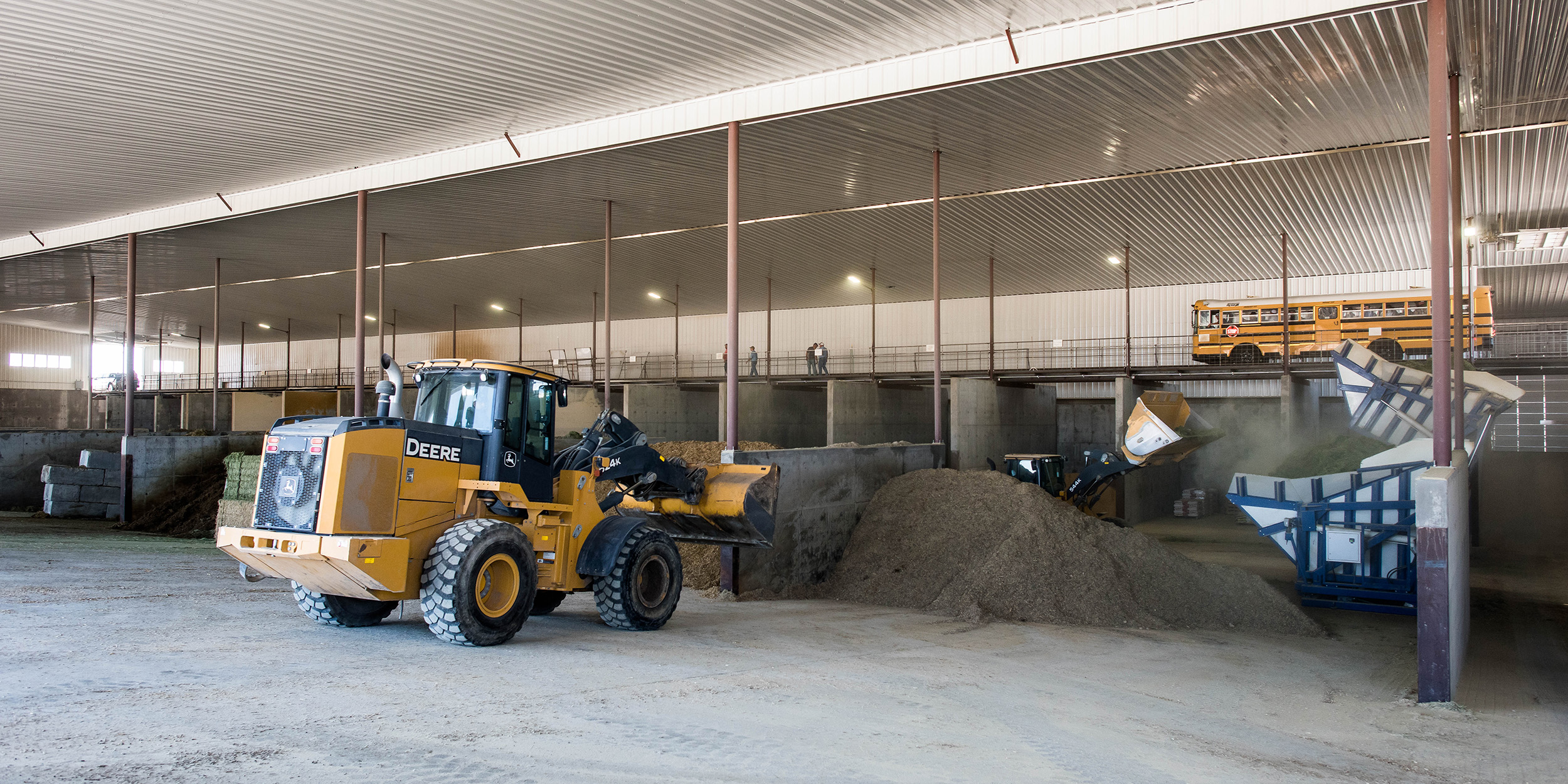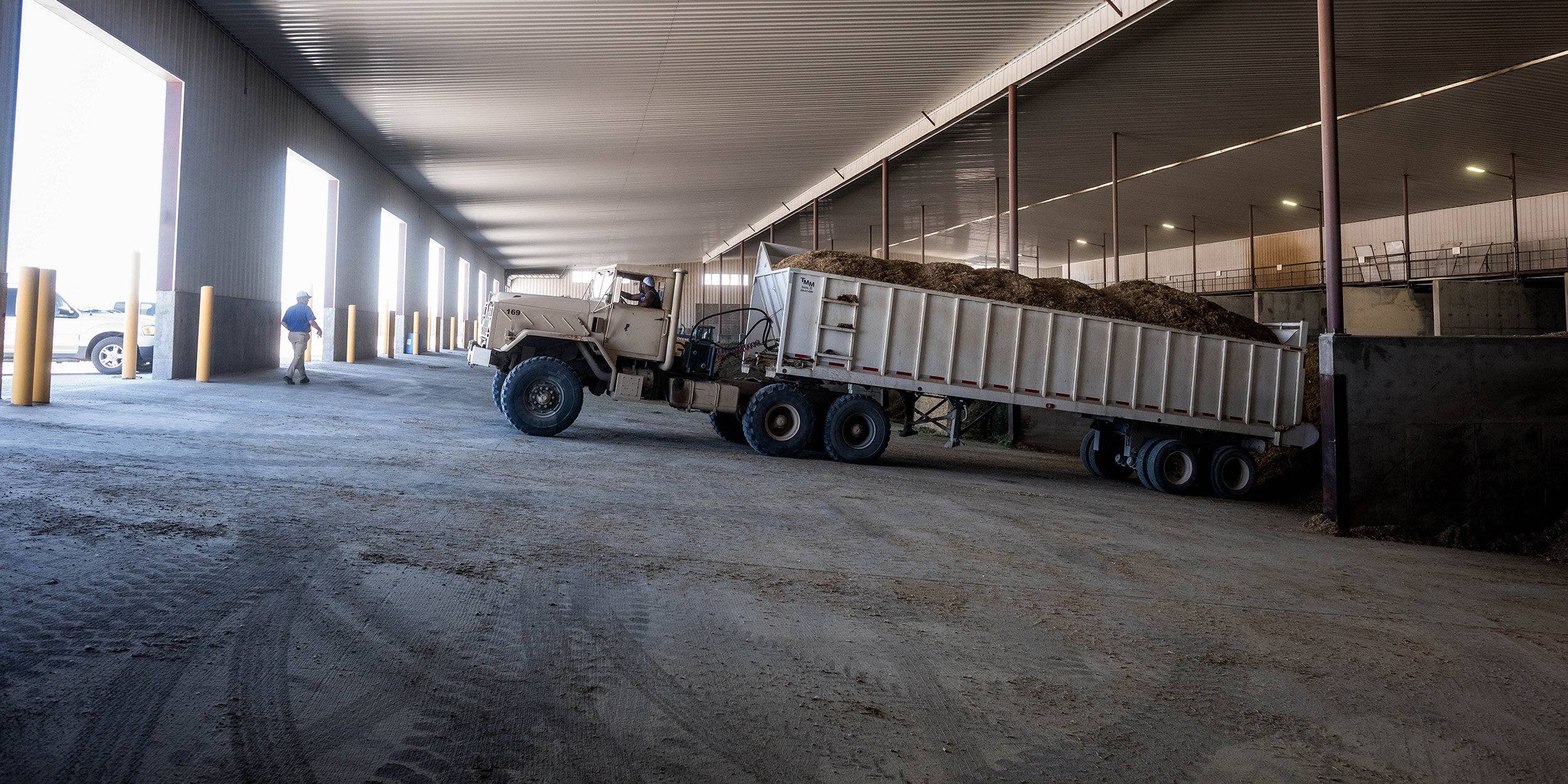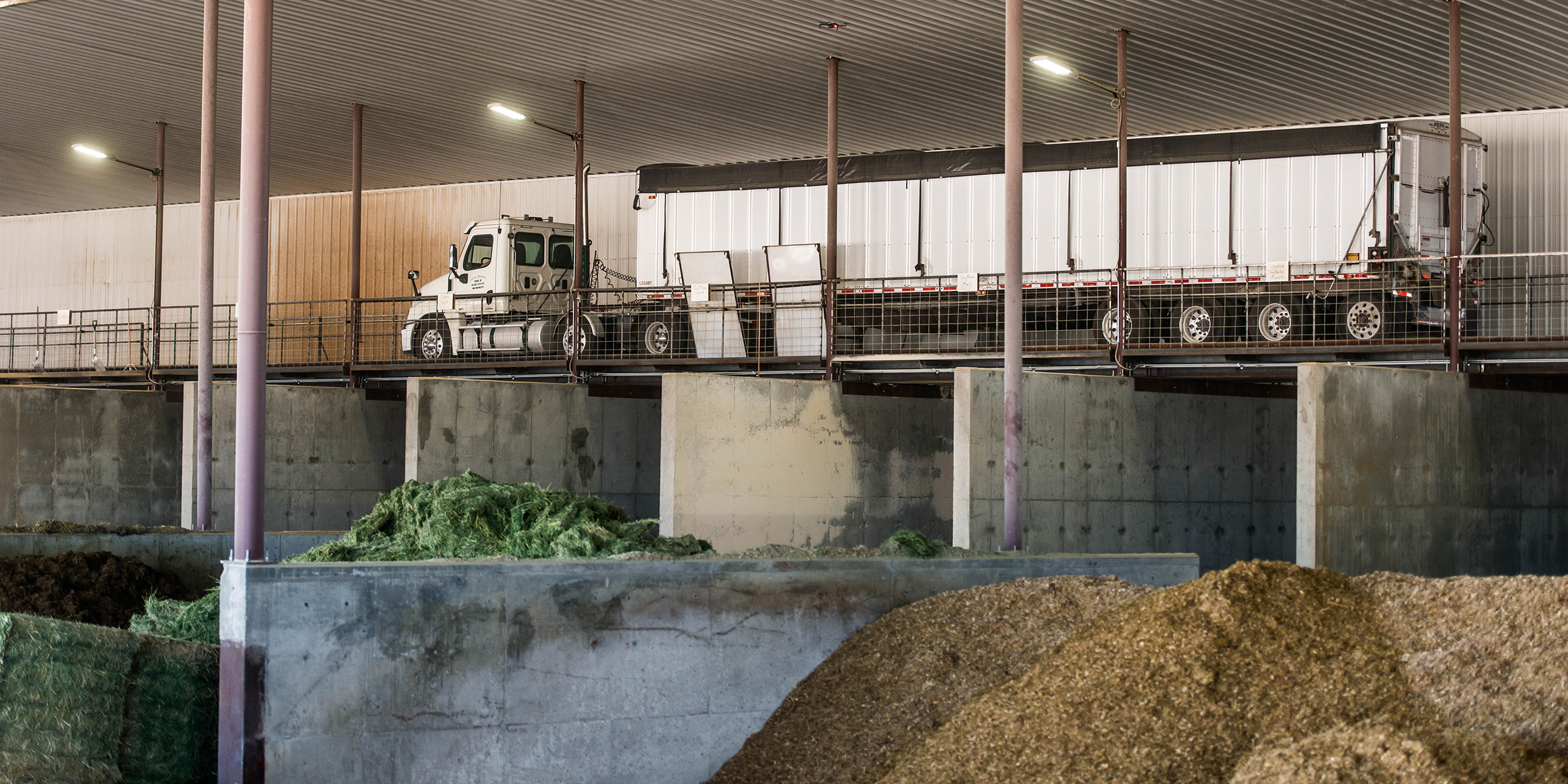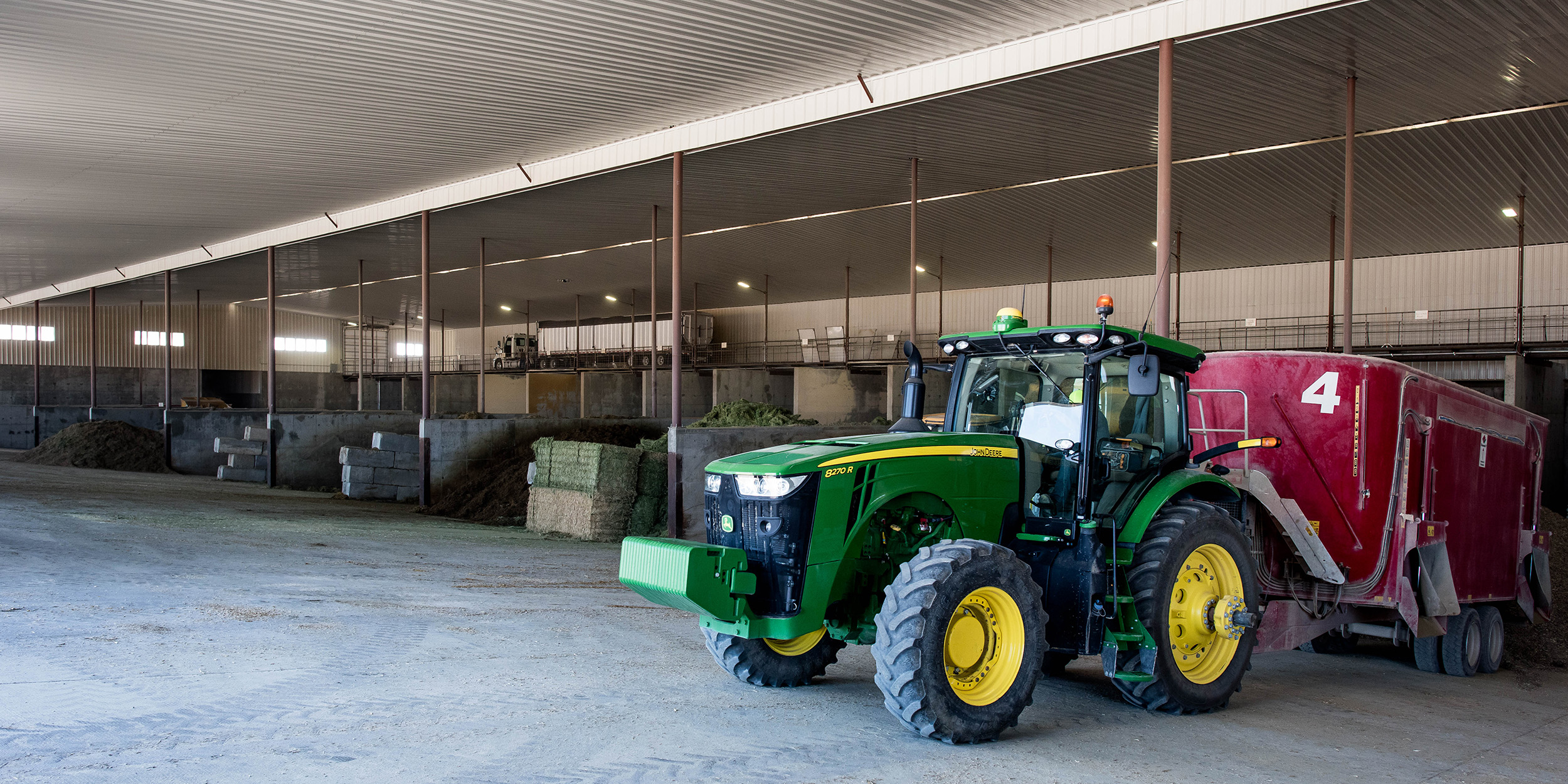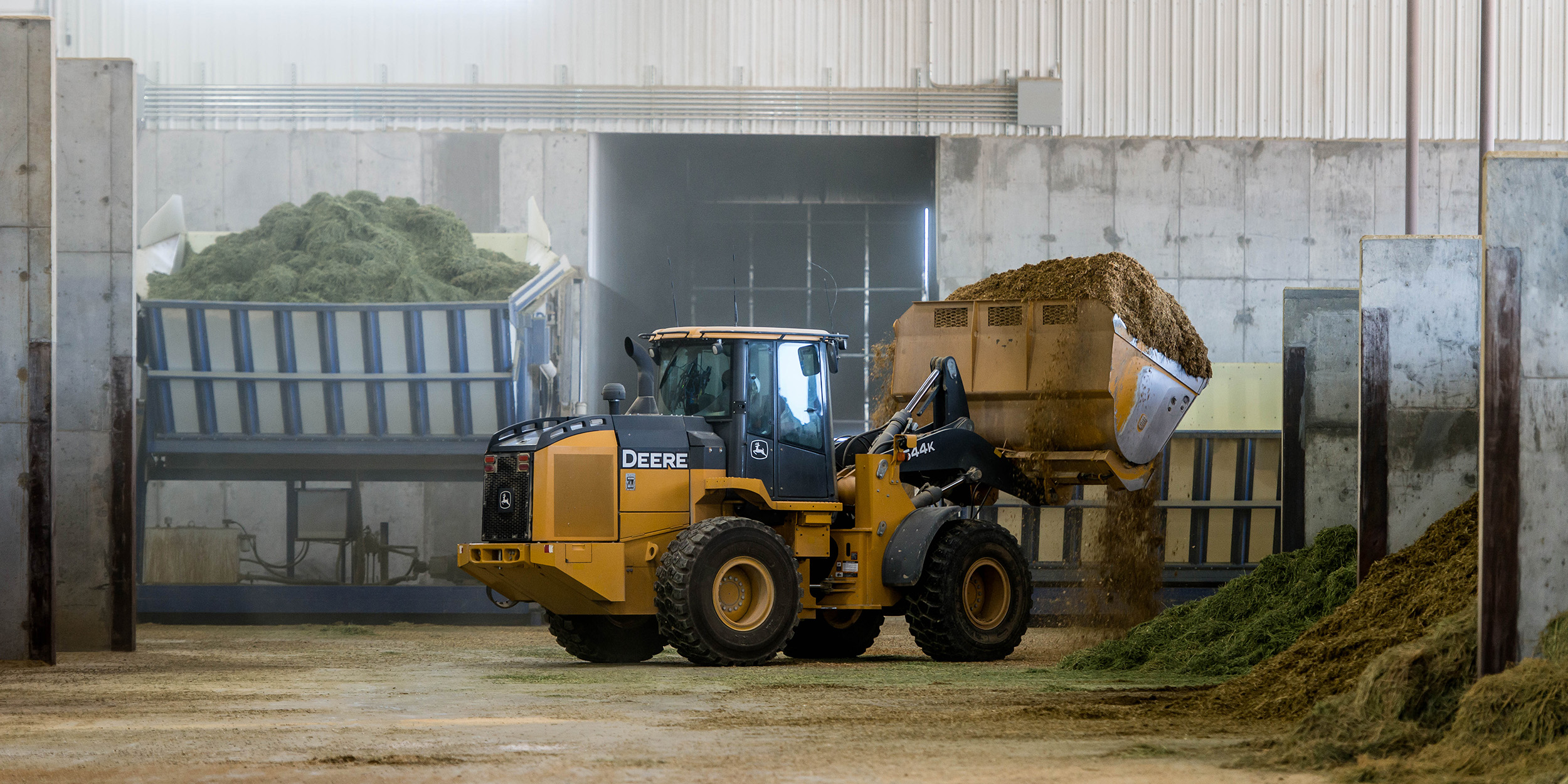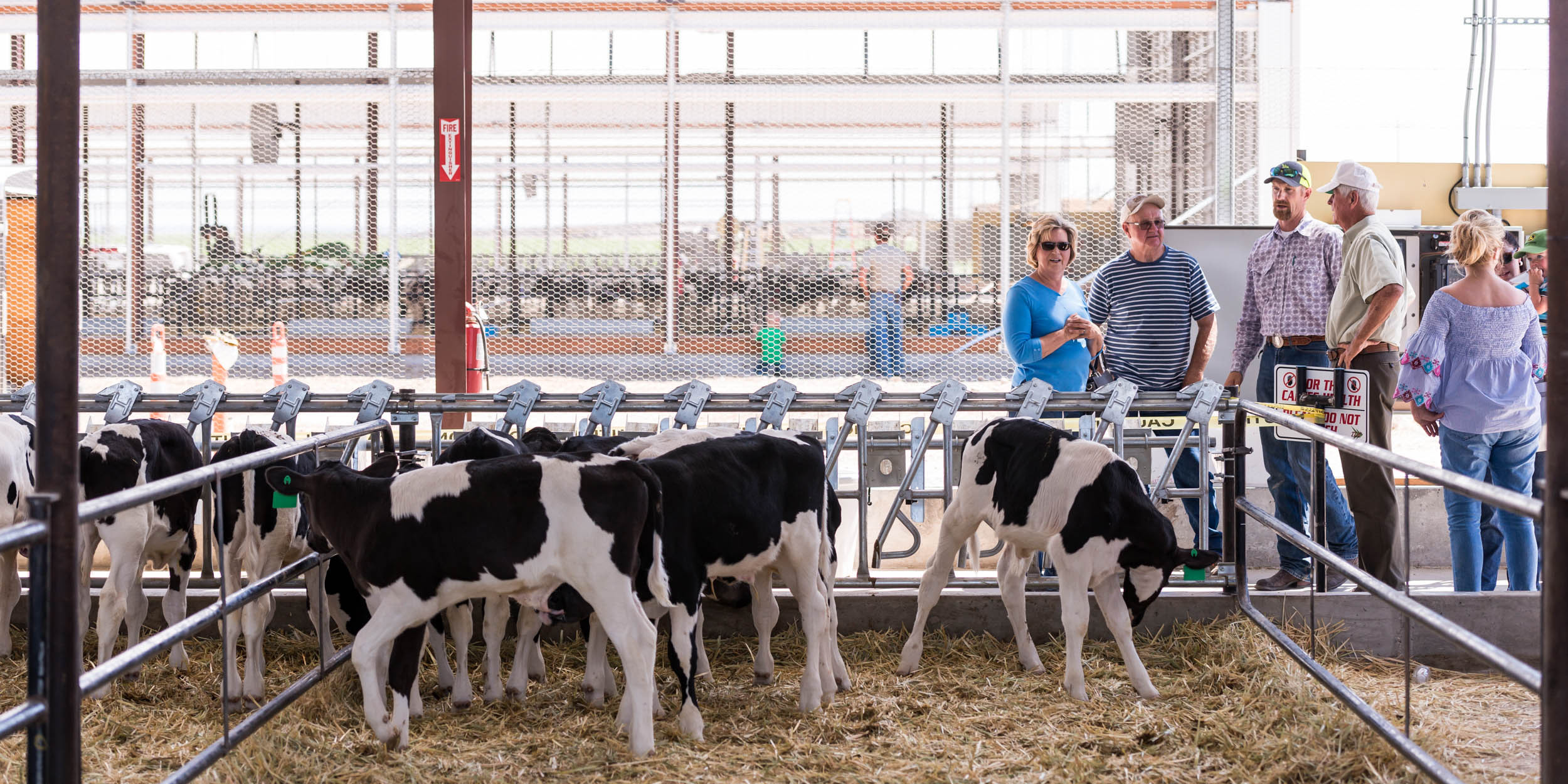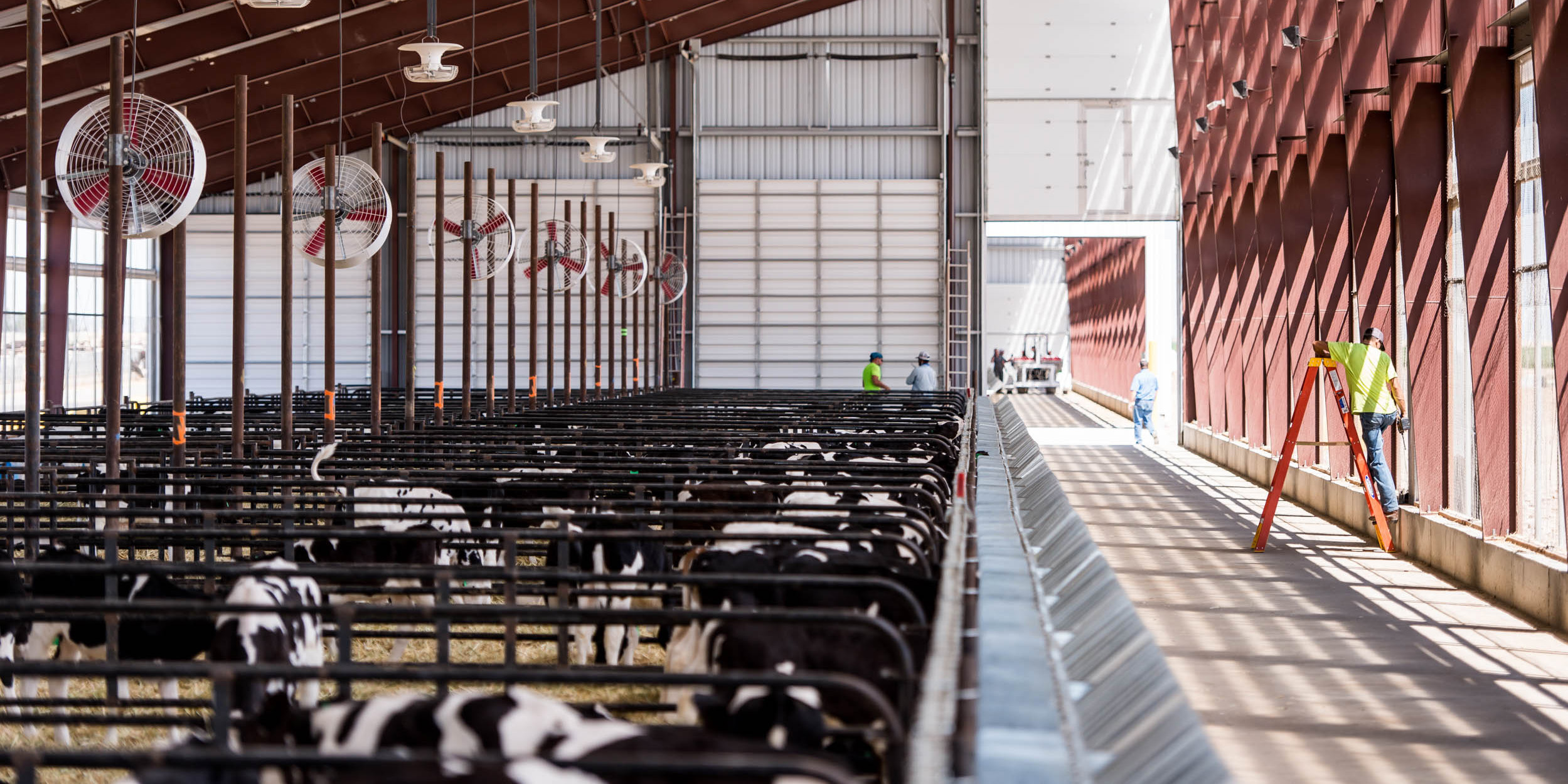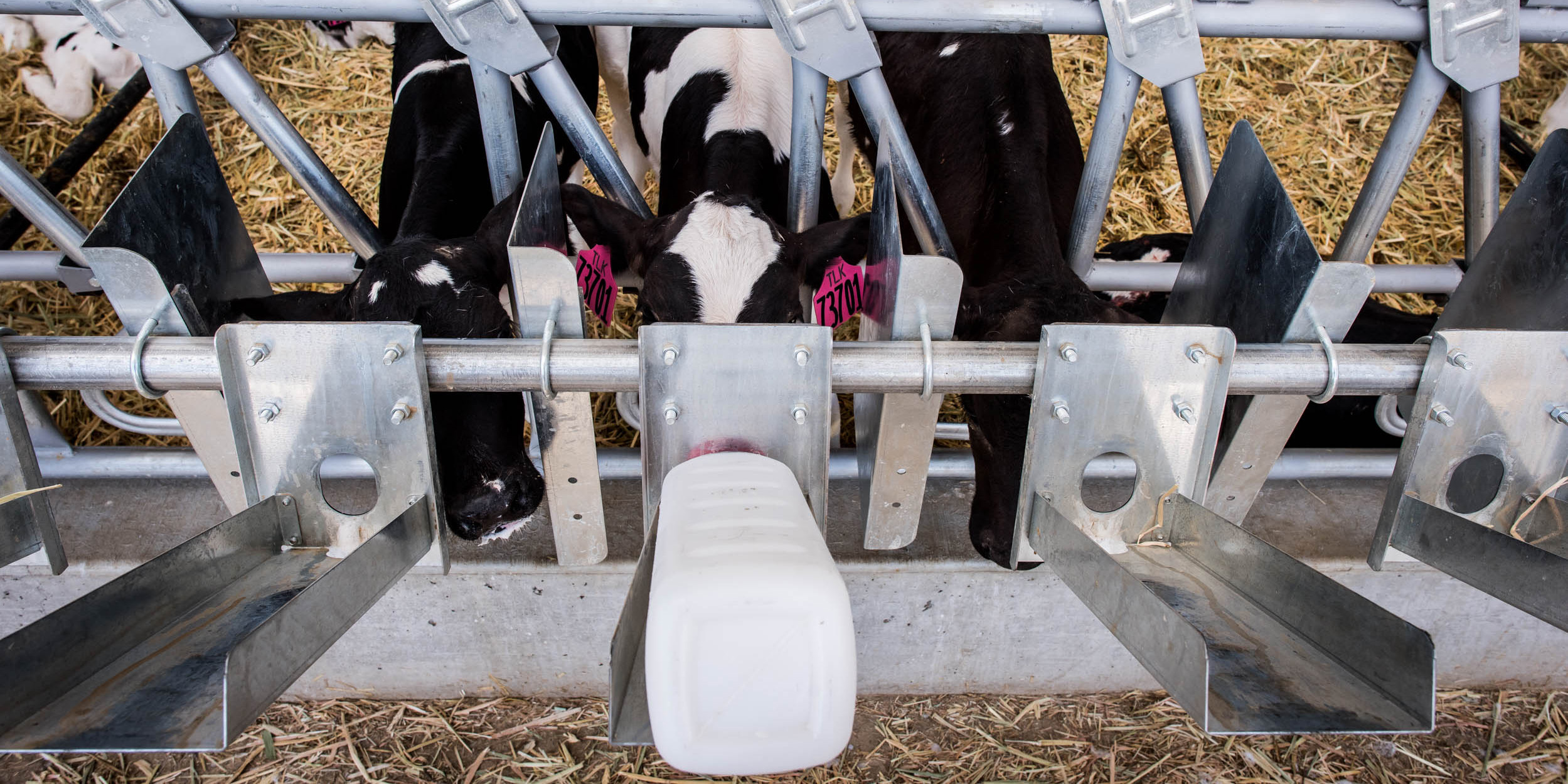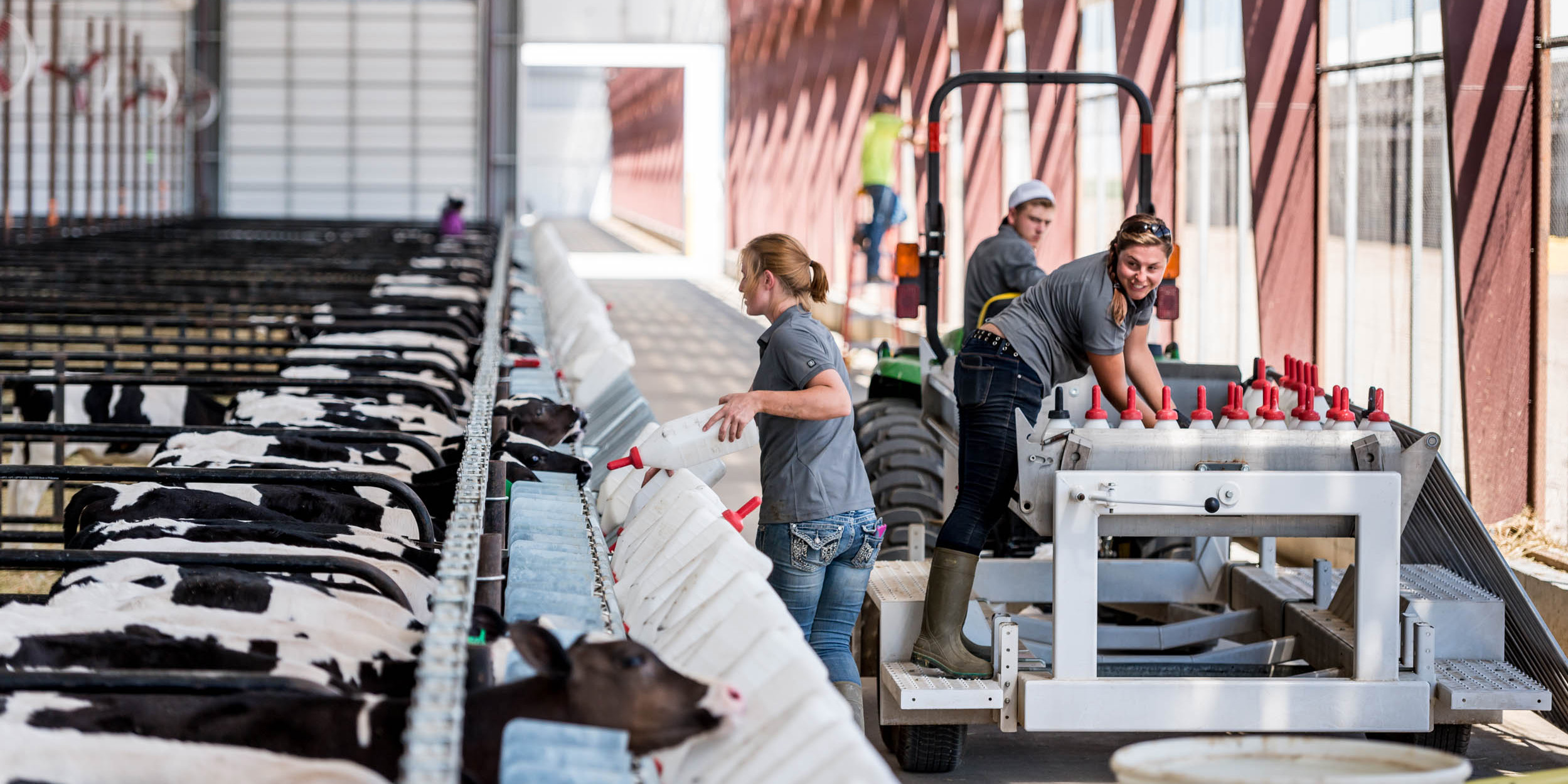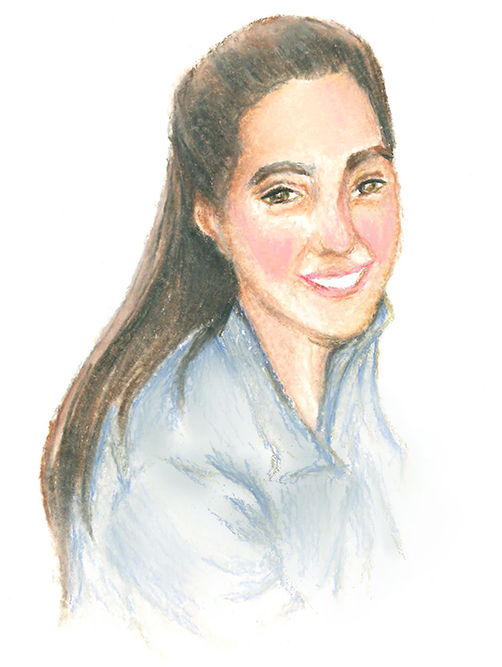“It’s very exciting for a small community like this to have something like Craigs Station connected to it,” Kristy says. “I think people are super excited to be able to have this in their backyards.”
For Chris Noble, who serves as manager of Craigs Station Ventures, the group of farms invested in Craigs Station Creamery, the plant literally is in his backyard — it’s located on Noblehurst Farms, his family’s dairy.
“It’s very fresh milk that goes from our facility about 1,000 feet to the creamery,” he says.
Chris says the creamery is important to the local community in more ways than one. In addition to connecting local consumers to their farmer neighbors, Noble says the plant and the farms involved have created jobs for people in the surrounding area.
“We think it’s a true benefit, not only to Craigs Station Ventures, but to our community as well,” Chris says. “We’re employing people who grew up in the community, who know agriculture, rather than sticking it someplace in the middle of a city.”
But Craigs Station’s impact is reaching far beyond the agriculturally rich community where the plant is located. The creamery is also helping to communicate farmers’ stories to consumers who may not be as familiar with how or where their food originates.
“Consumers really have a great interest in knowing today where their food comes from and, probably as importantly, how that food is being made,” Chris says. “What better way to tell that full story than to locate the plant next to a farm?”
That’s what Craigs Station is really about — connection. It’s about dairy farmers partnering with their family members, with plant employees and with a leading Cooperative to build stronger connections with consumers.
And all of it is built on family farms coming together.
“Even though we’re in the same business as dairy farmers, we don’t view ourselves as competitors — we see each other as allies and friends,” Chris says.
He attributes the eight farms’ ability to work together in part to the ties they’ve shared over the years. In fact, Chris’ grandmother and Northrop’s grandfather were twins, and many of the elder generations on the farms grew up together, going to the same schools, playing on the same baseball teams and generally belonging to the same close-knit farming community that has endured today.
But partnering Craigs Station Creamery with DFA has brought them together in a new way. Most importantly, Chris says their Cooperative has provided a platform to better communicate the farmers’ stories, something today’s consumers are demanding.
“Sometimes the stories are just as important as the quality of the product,” he says.
